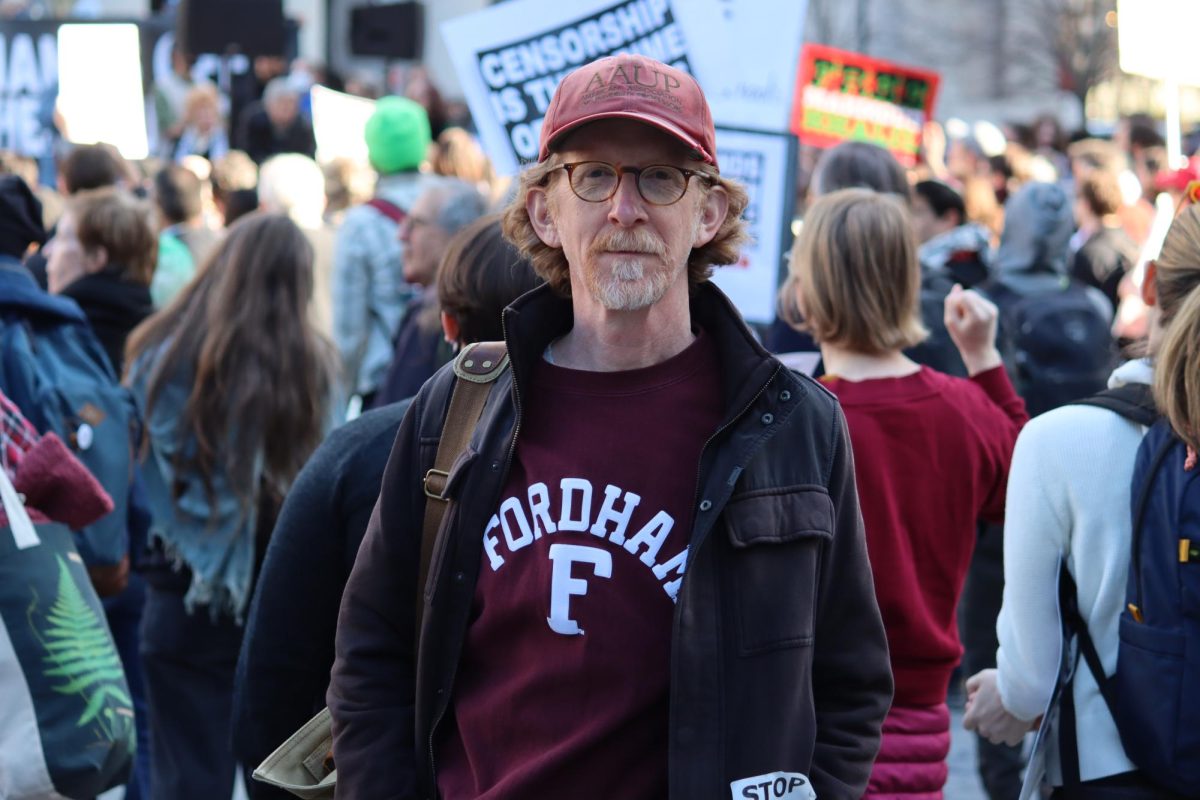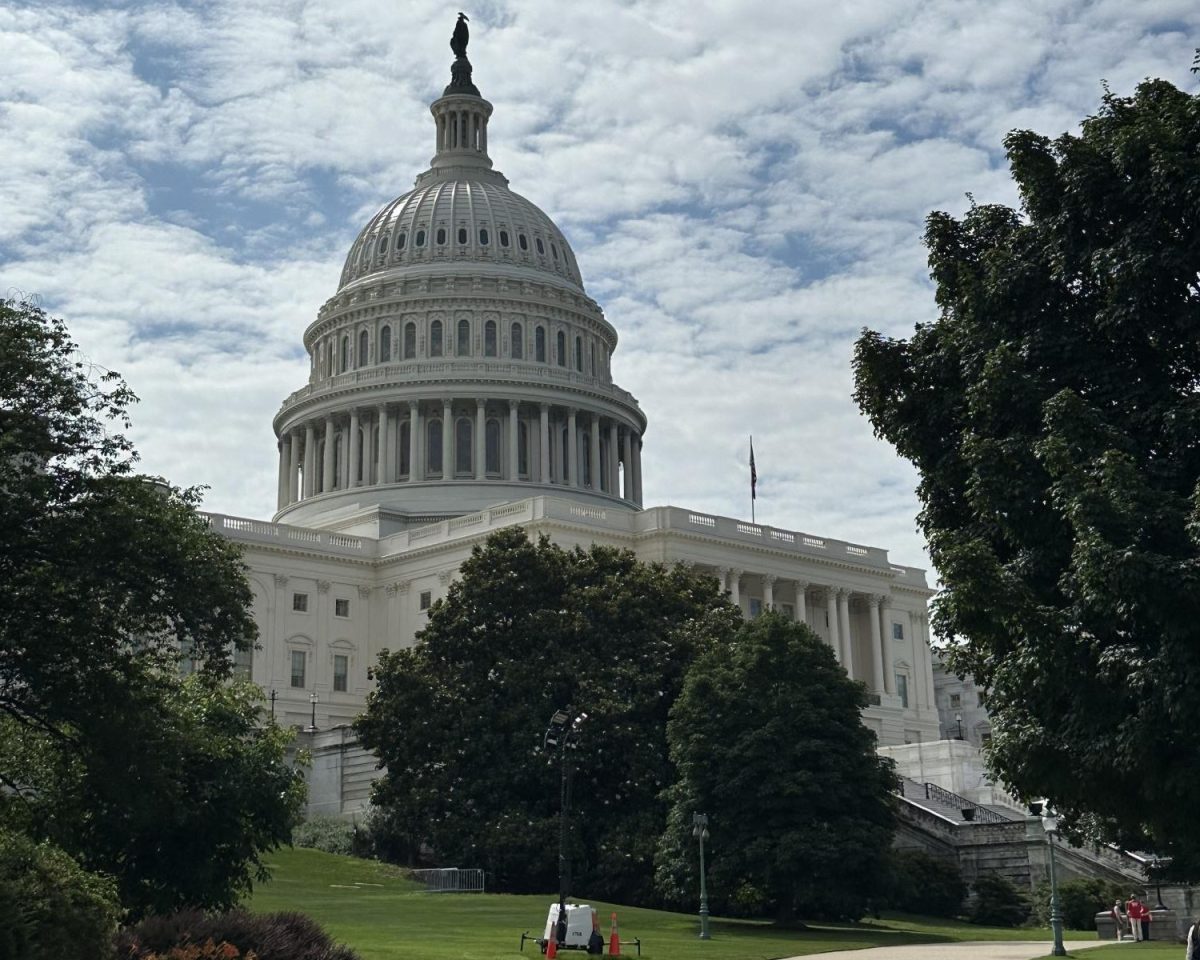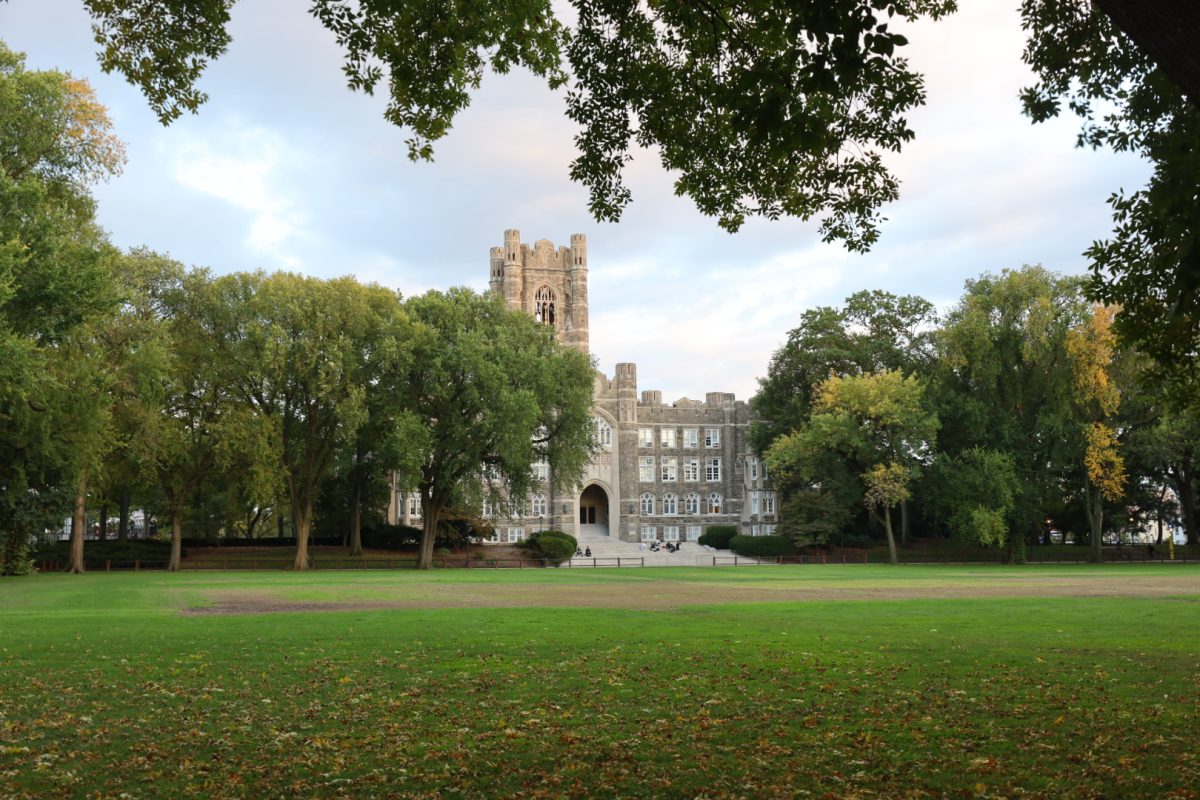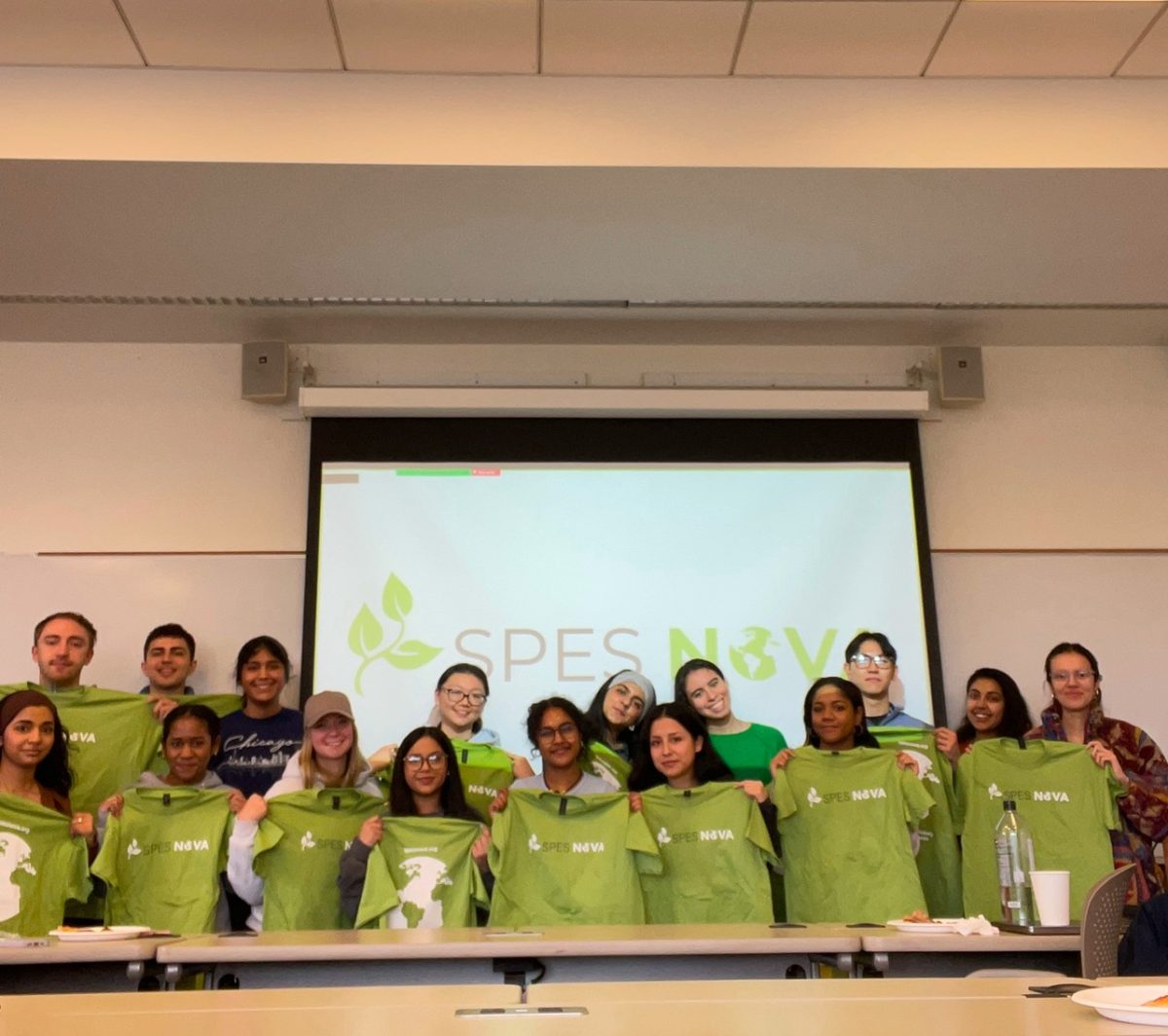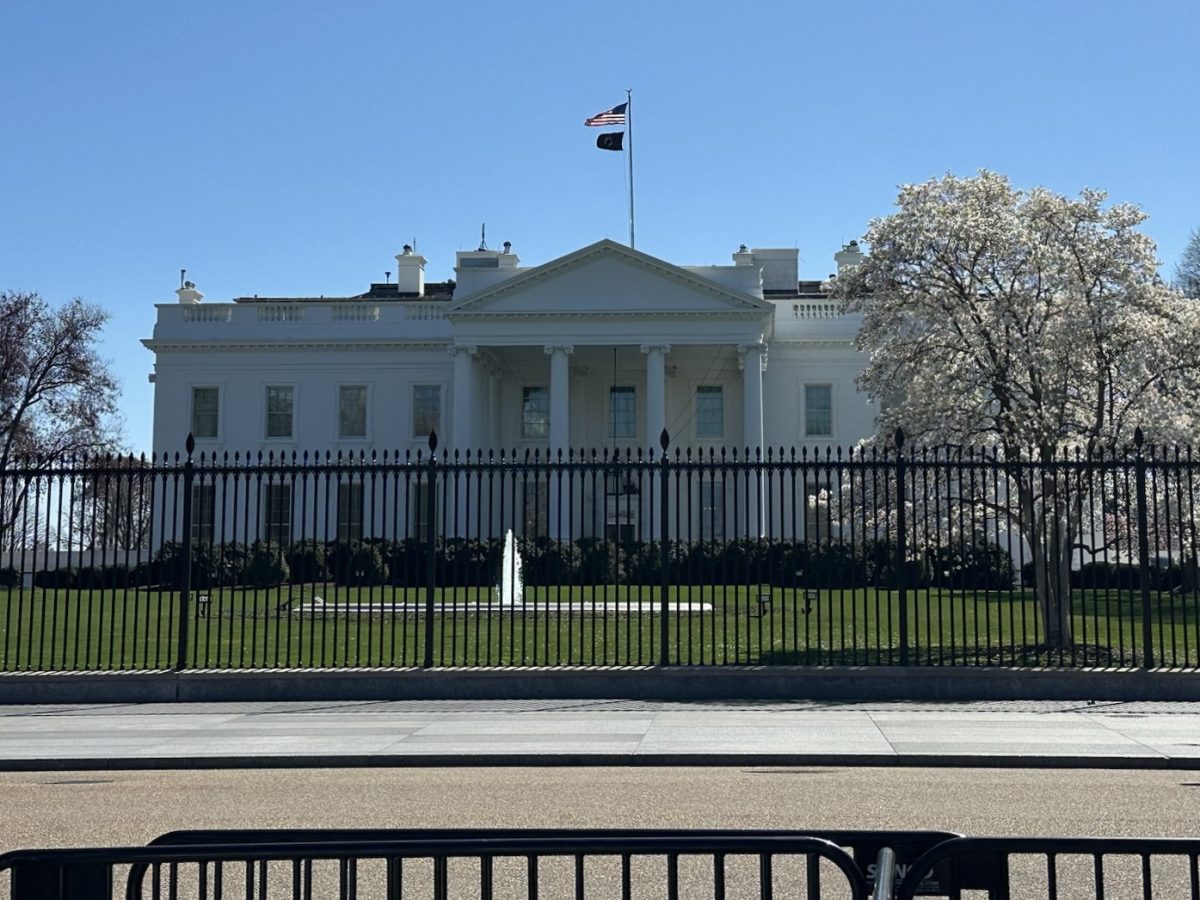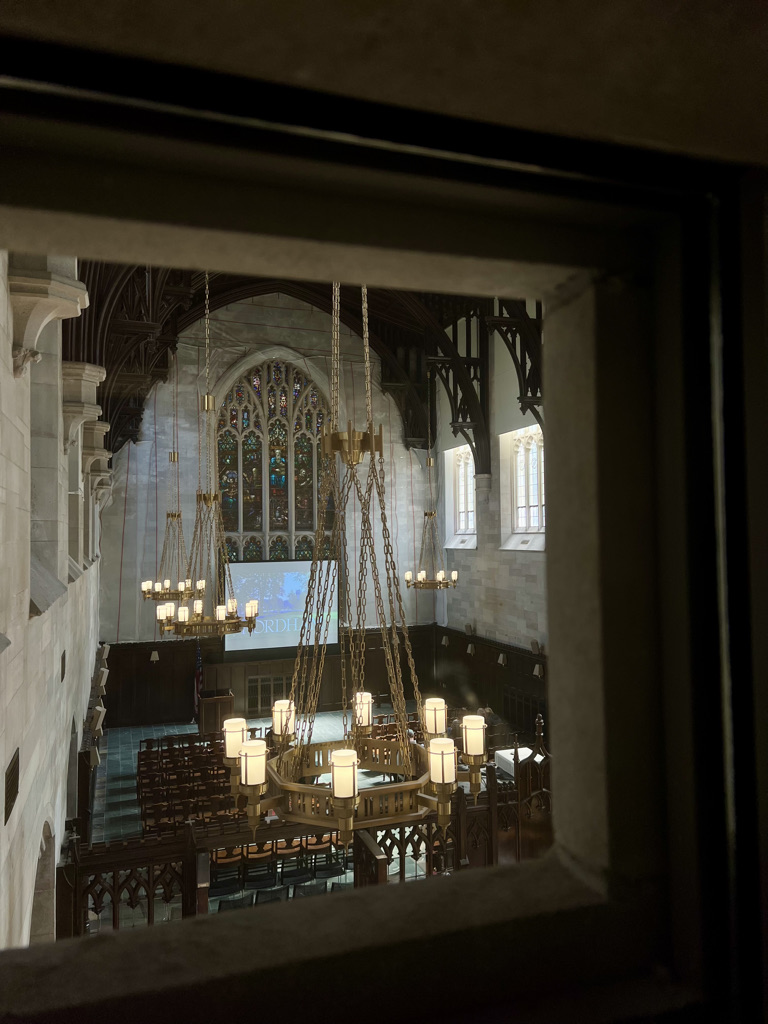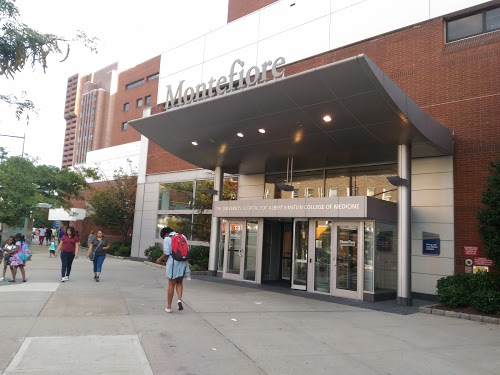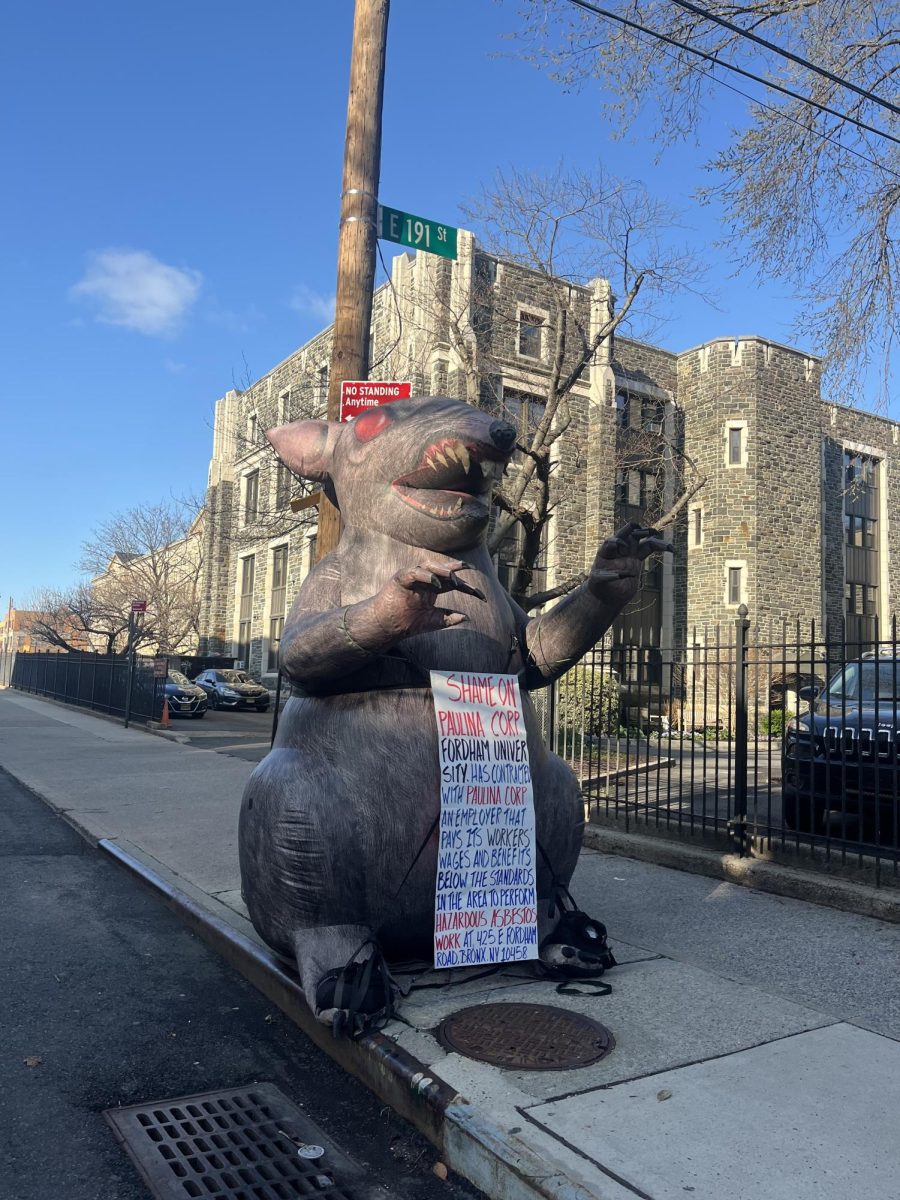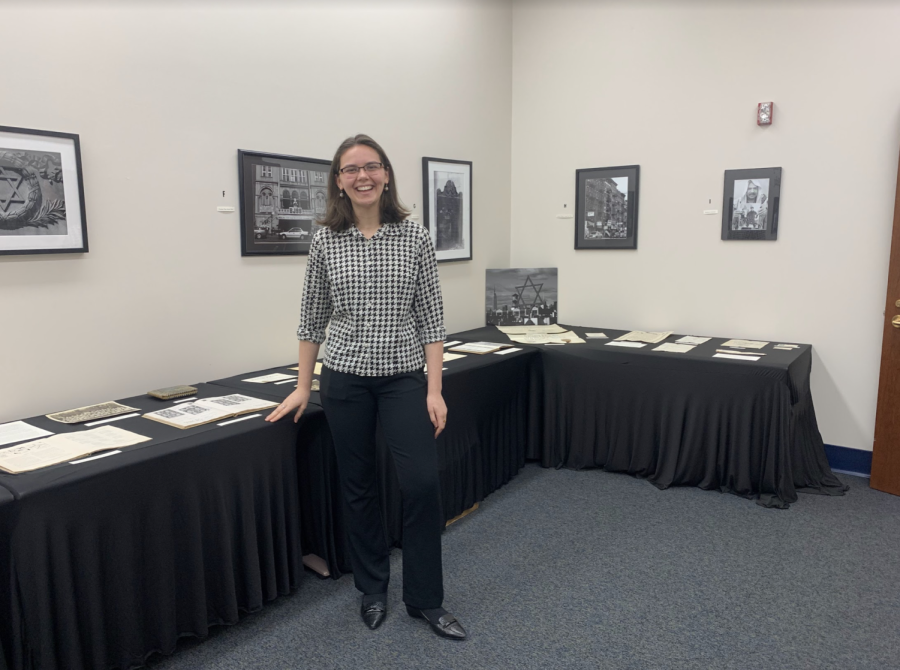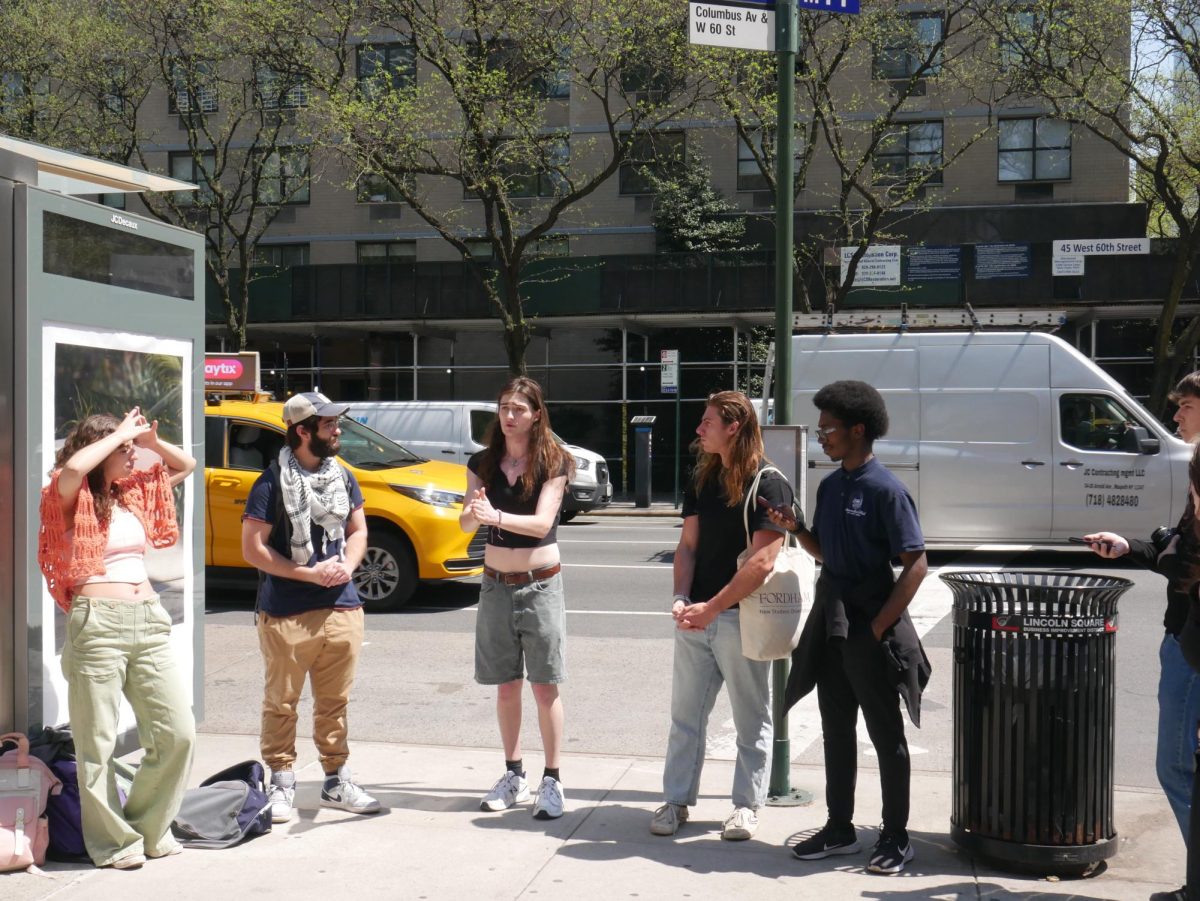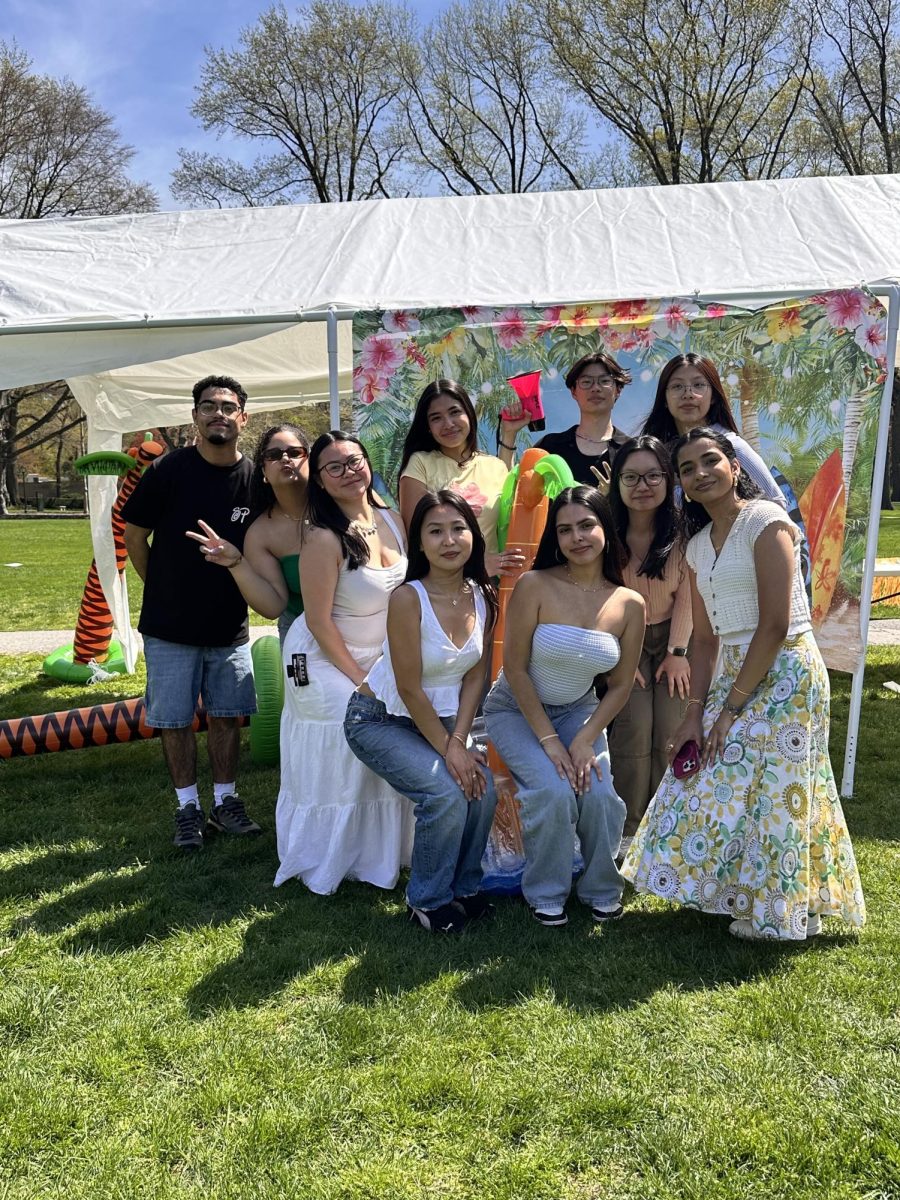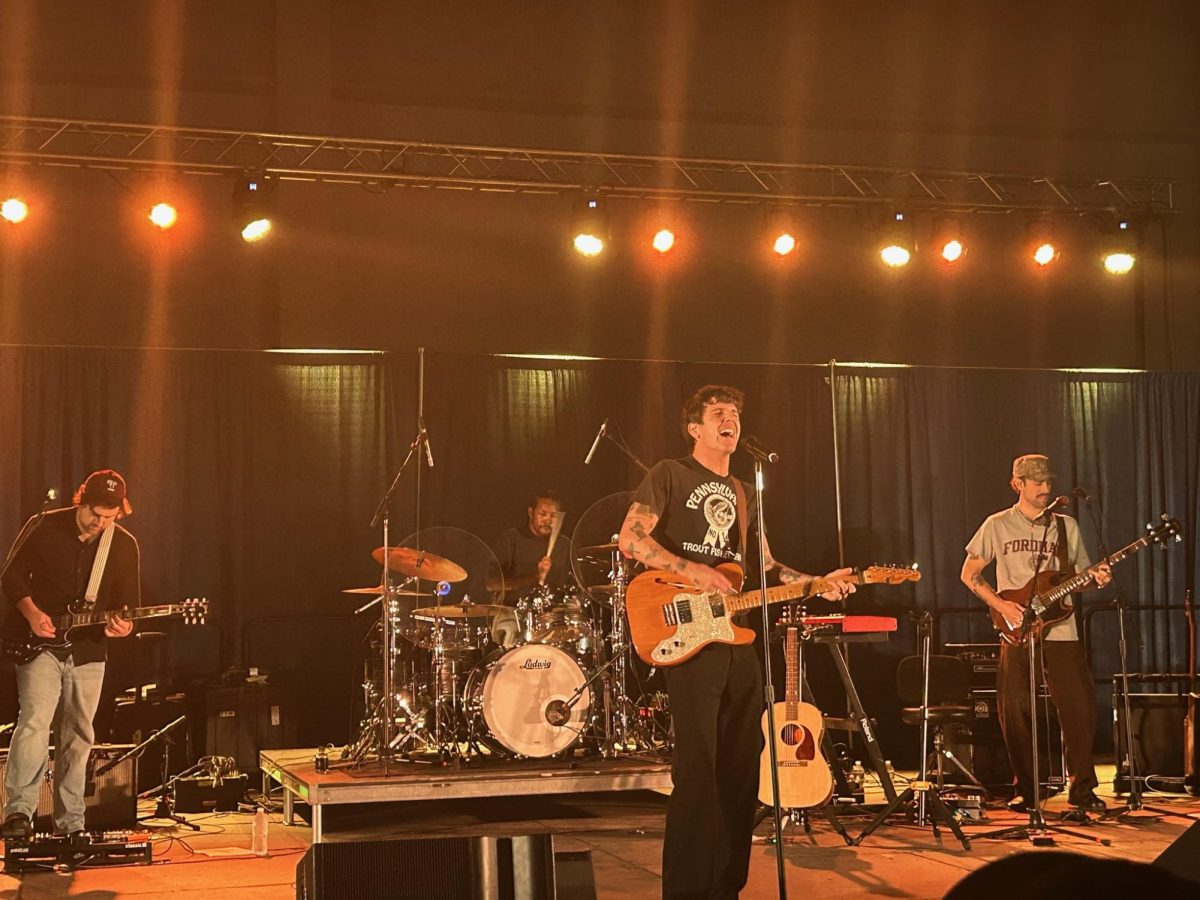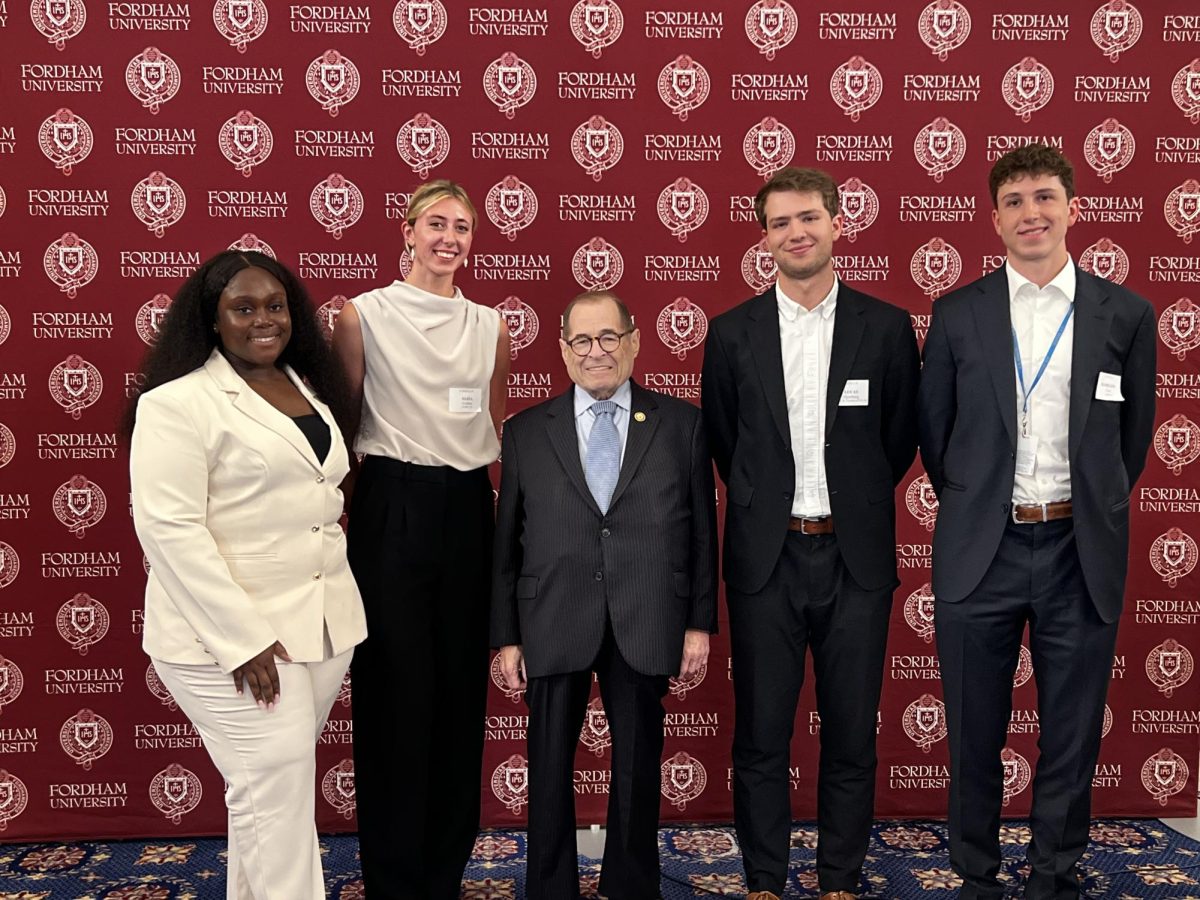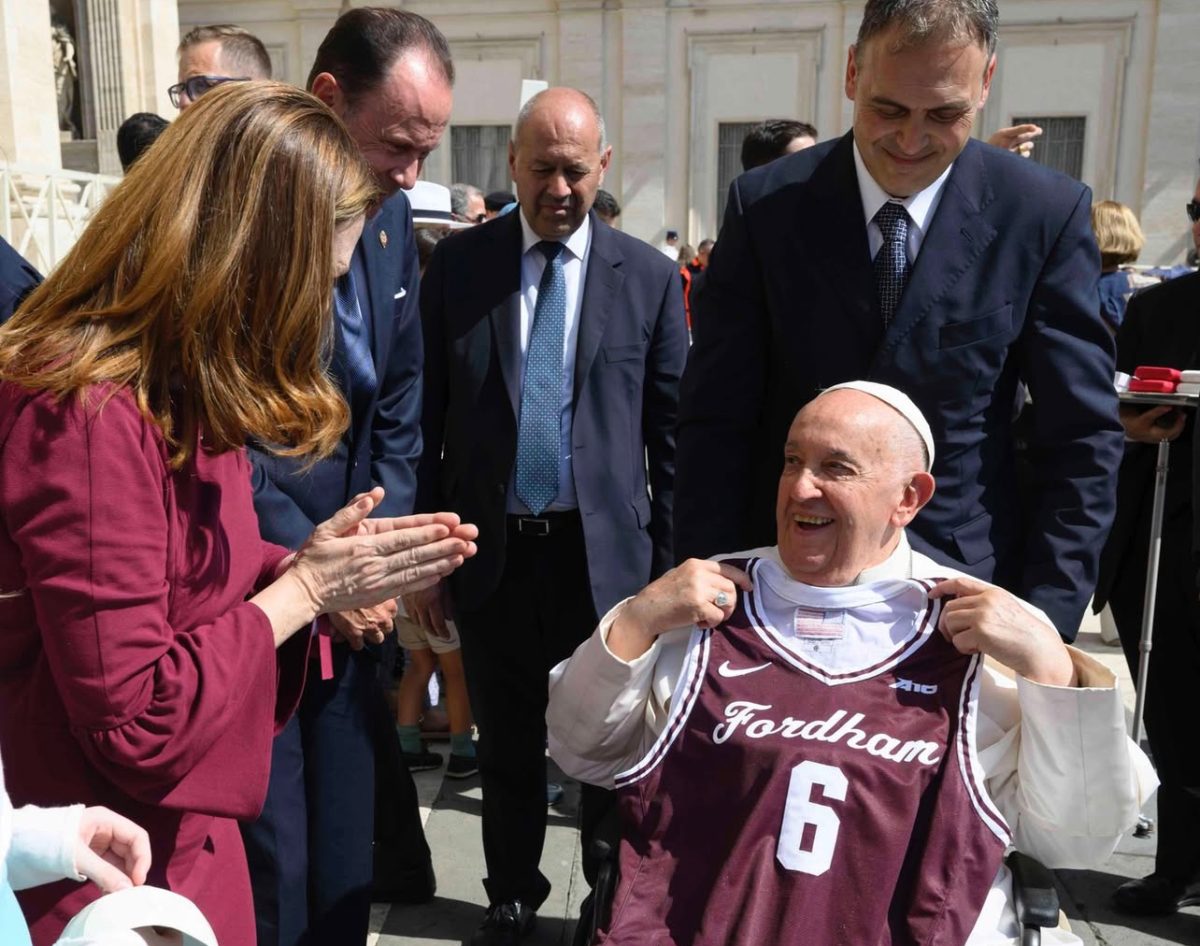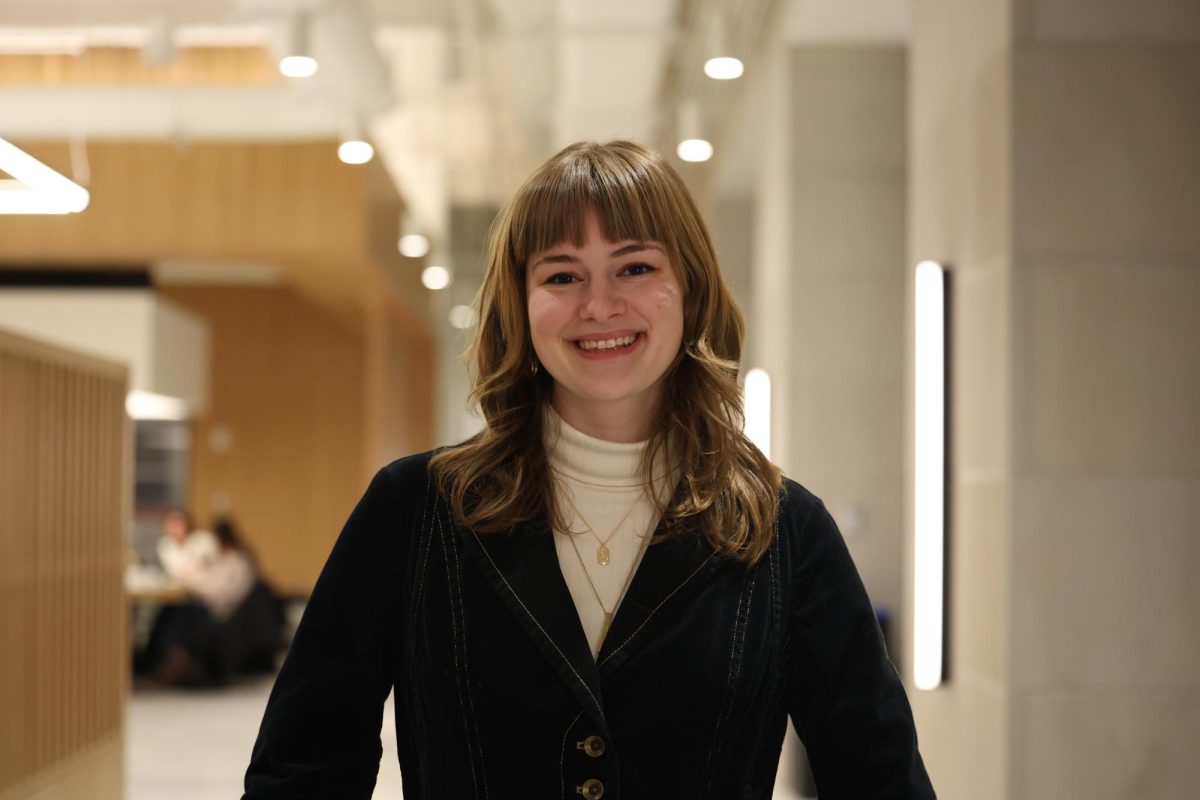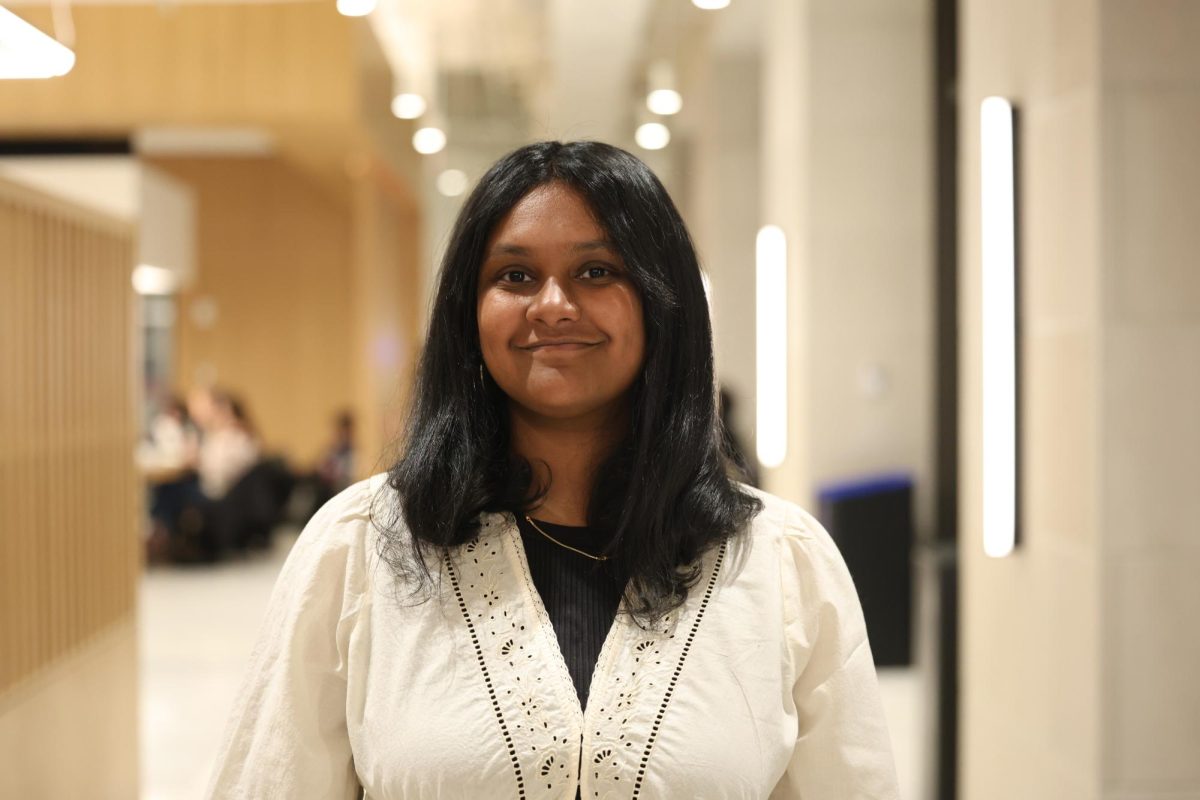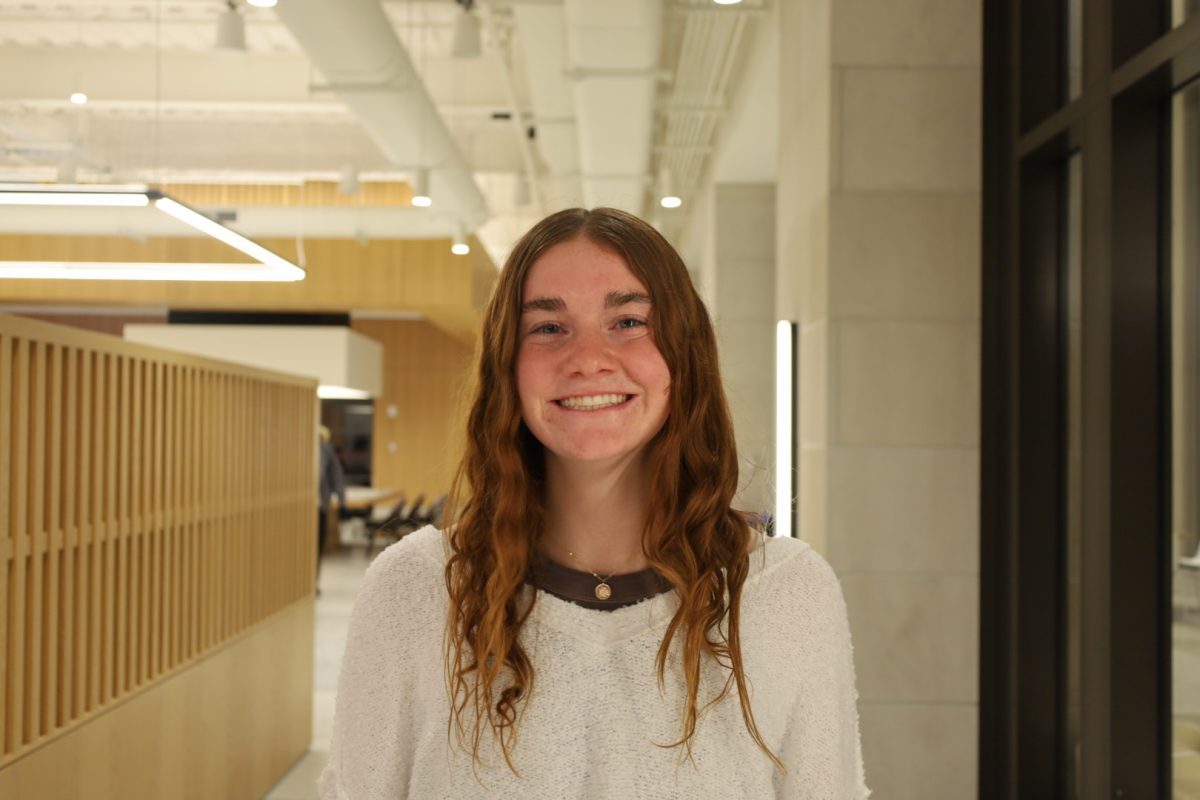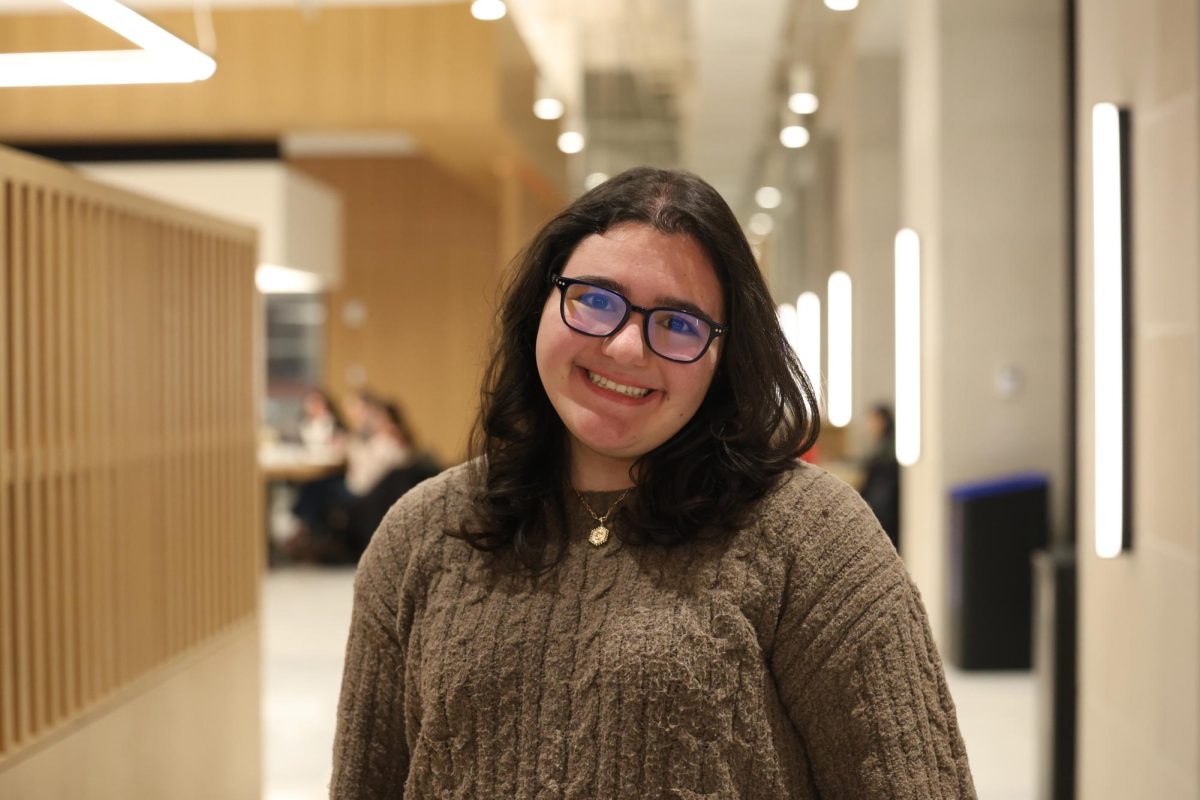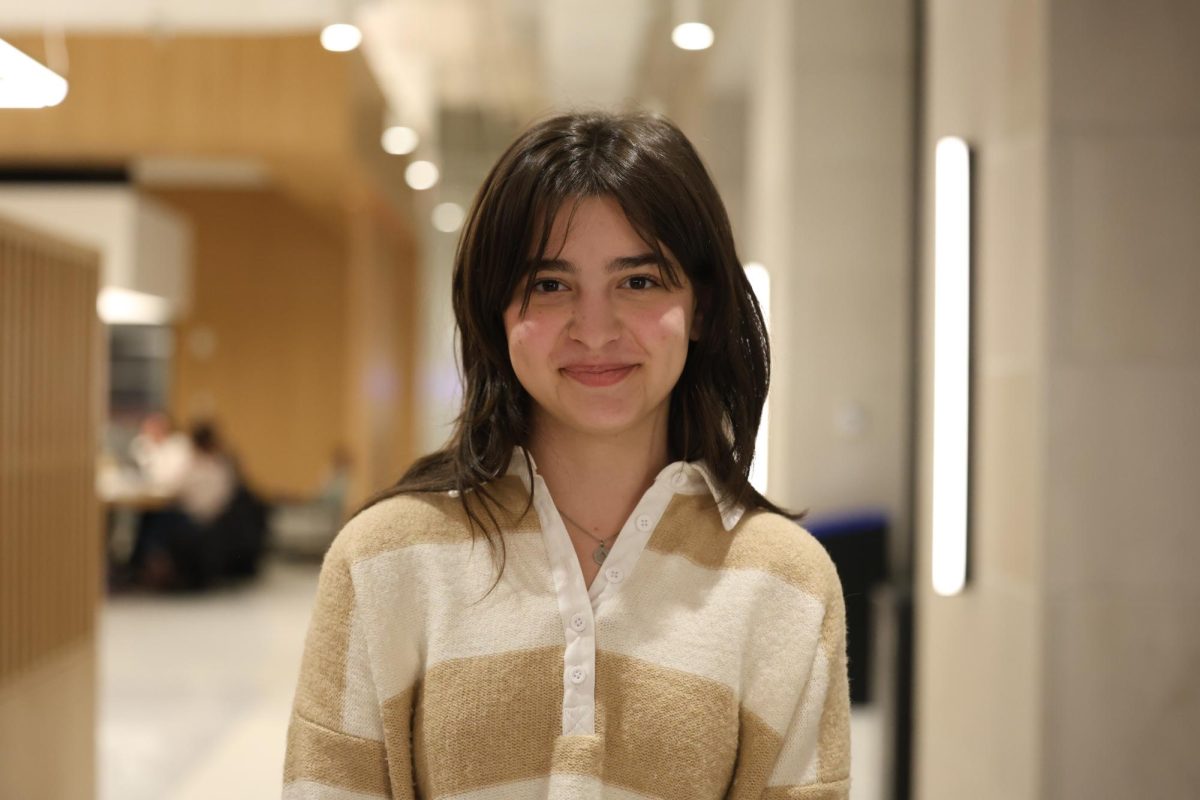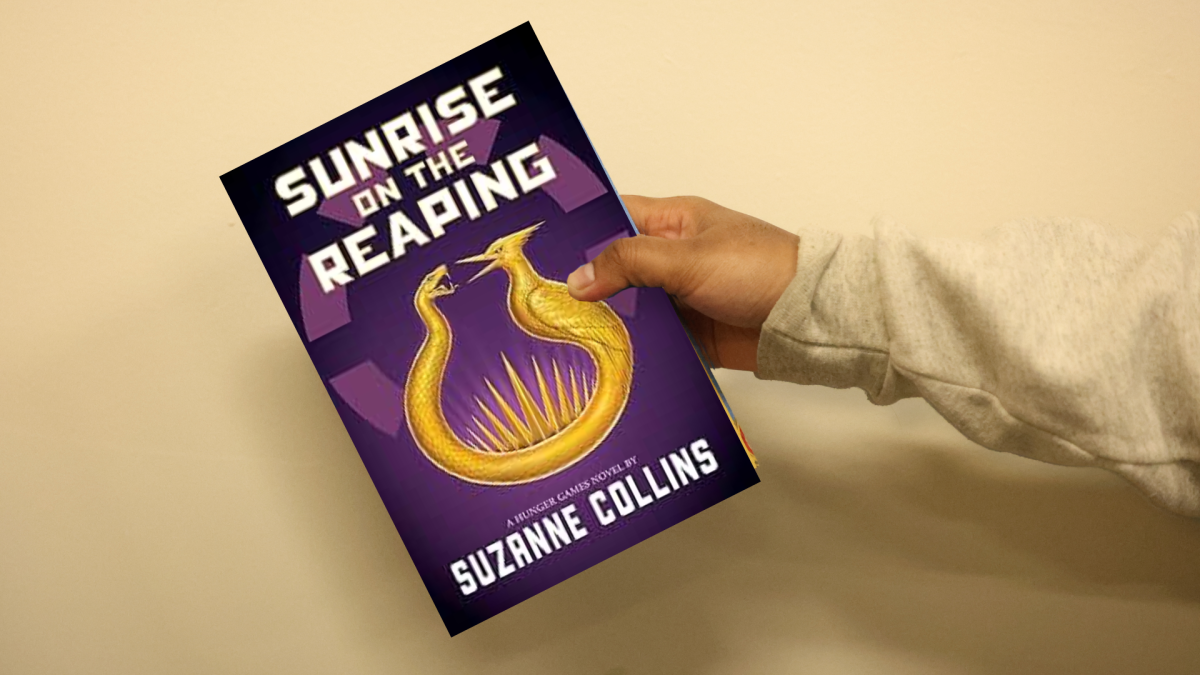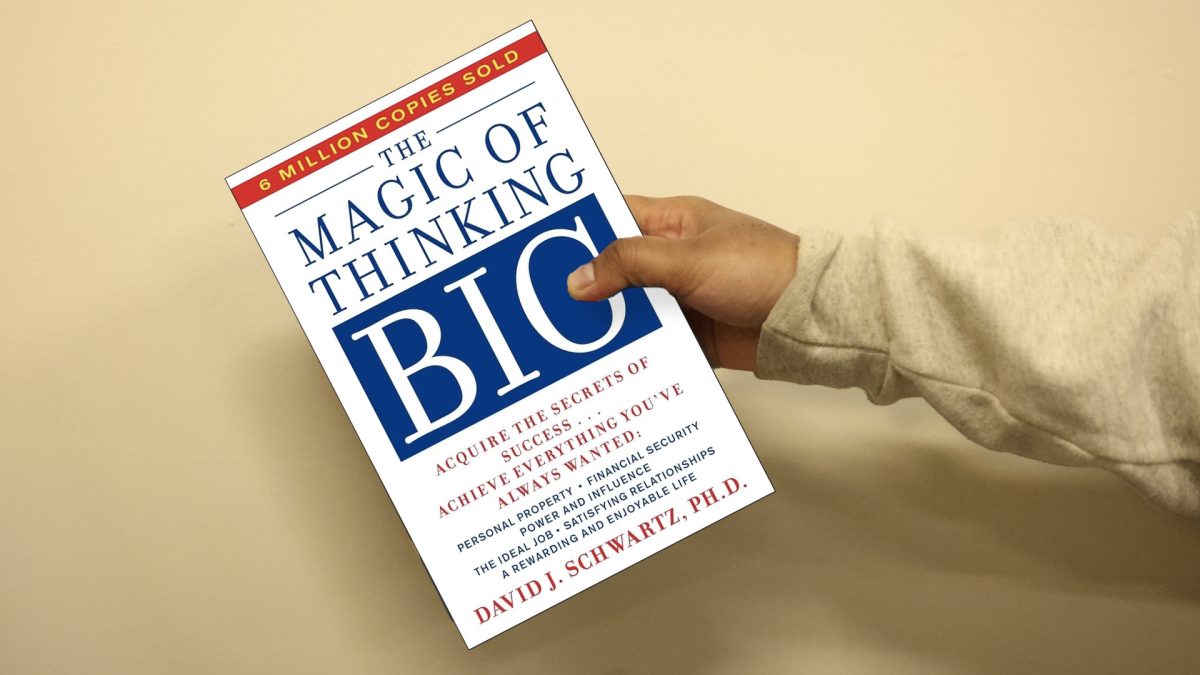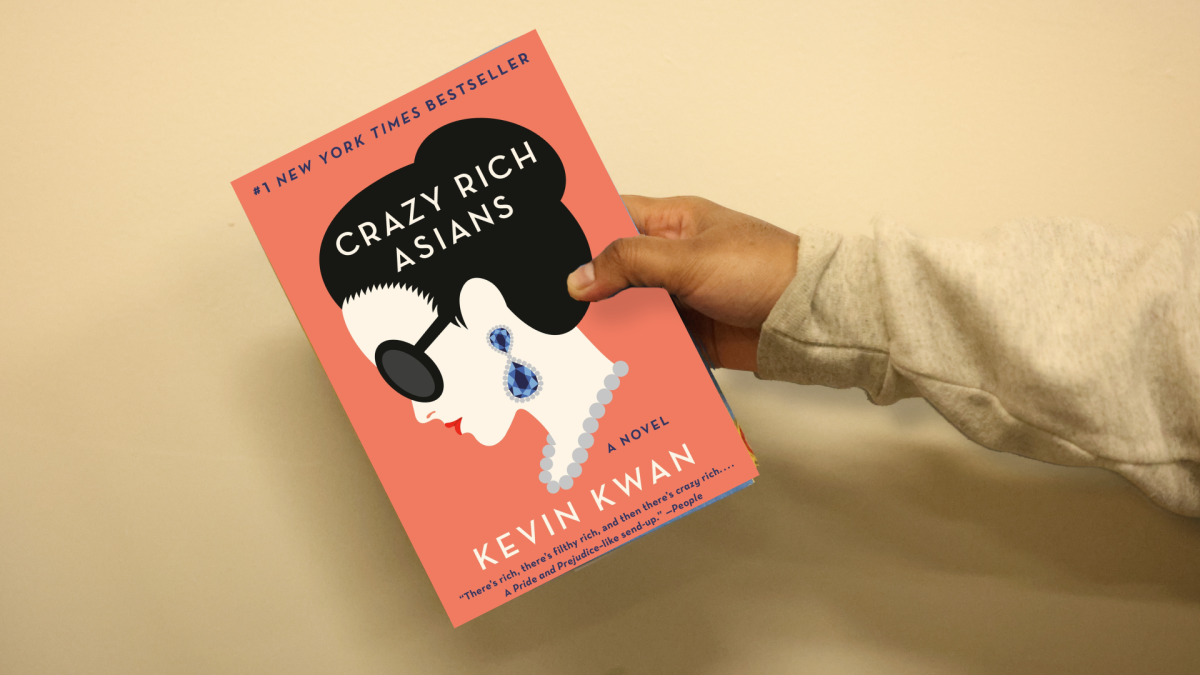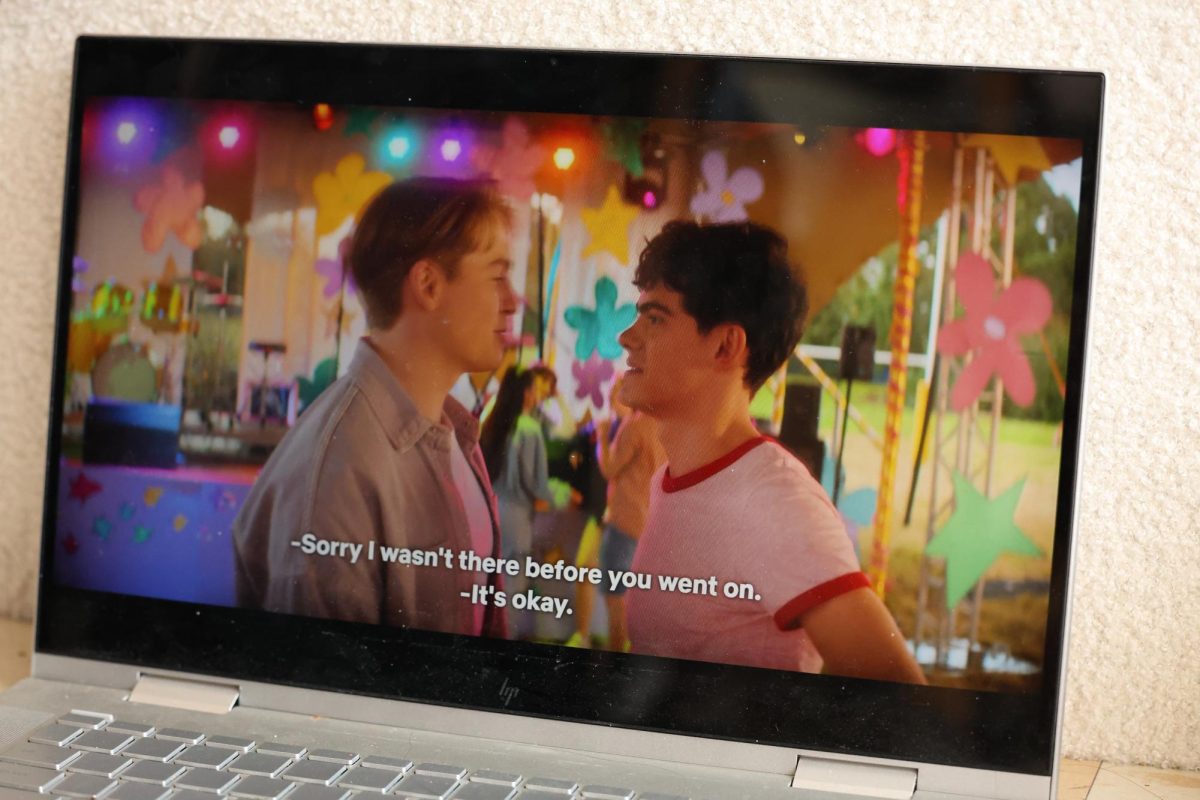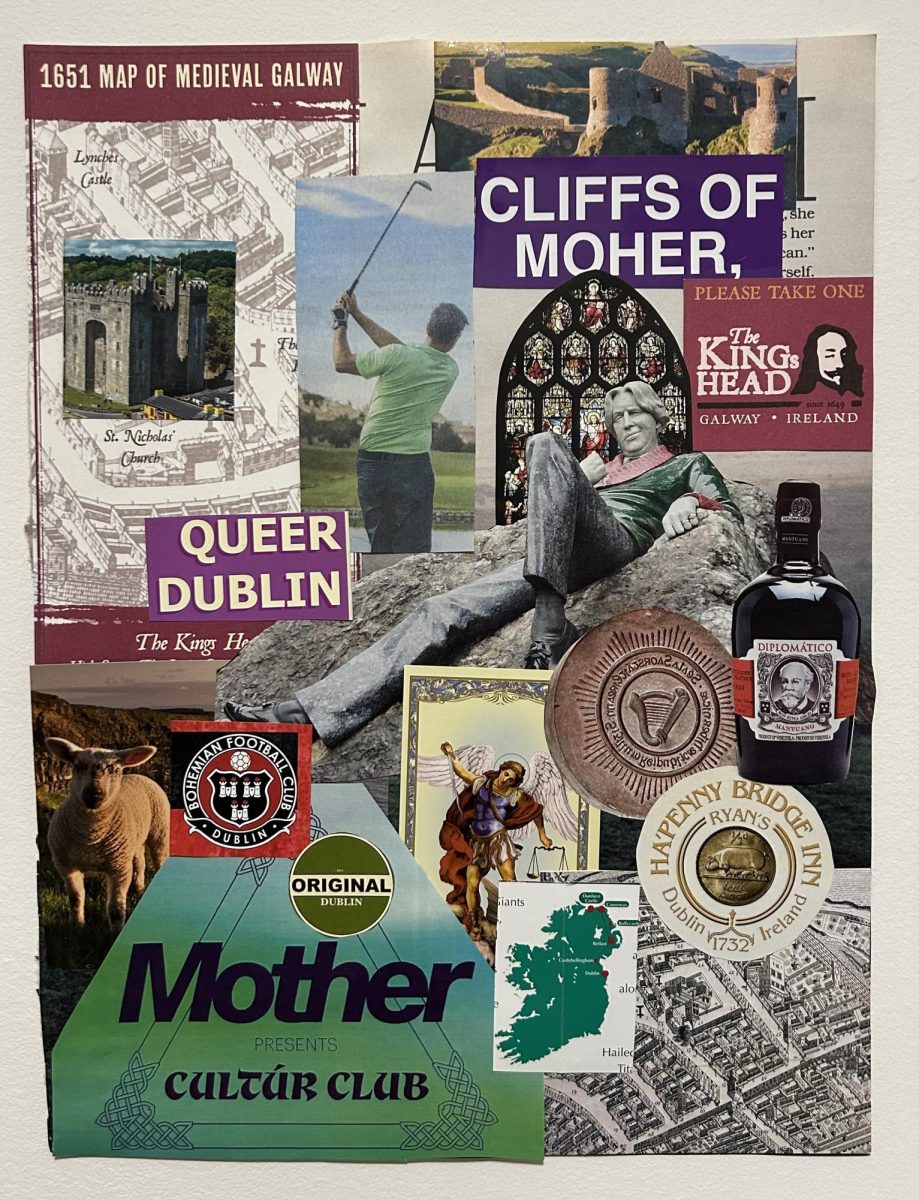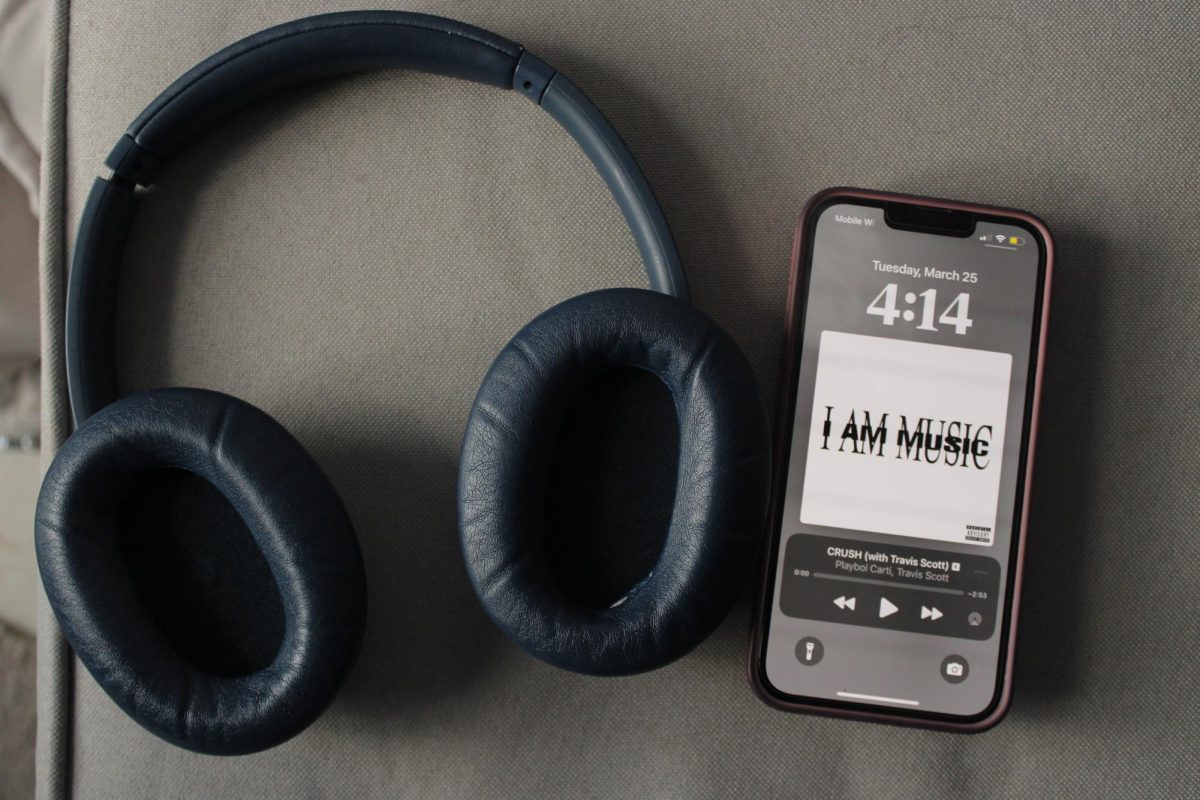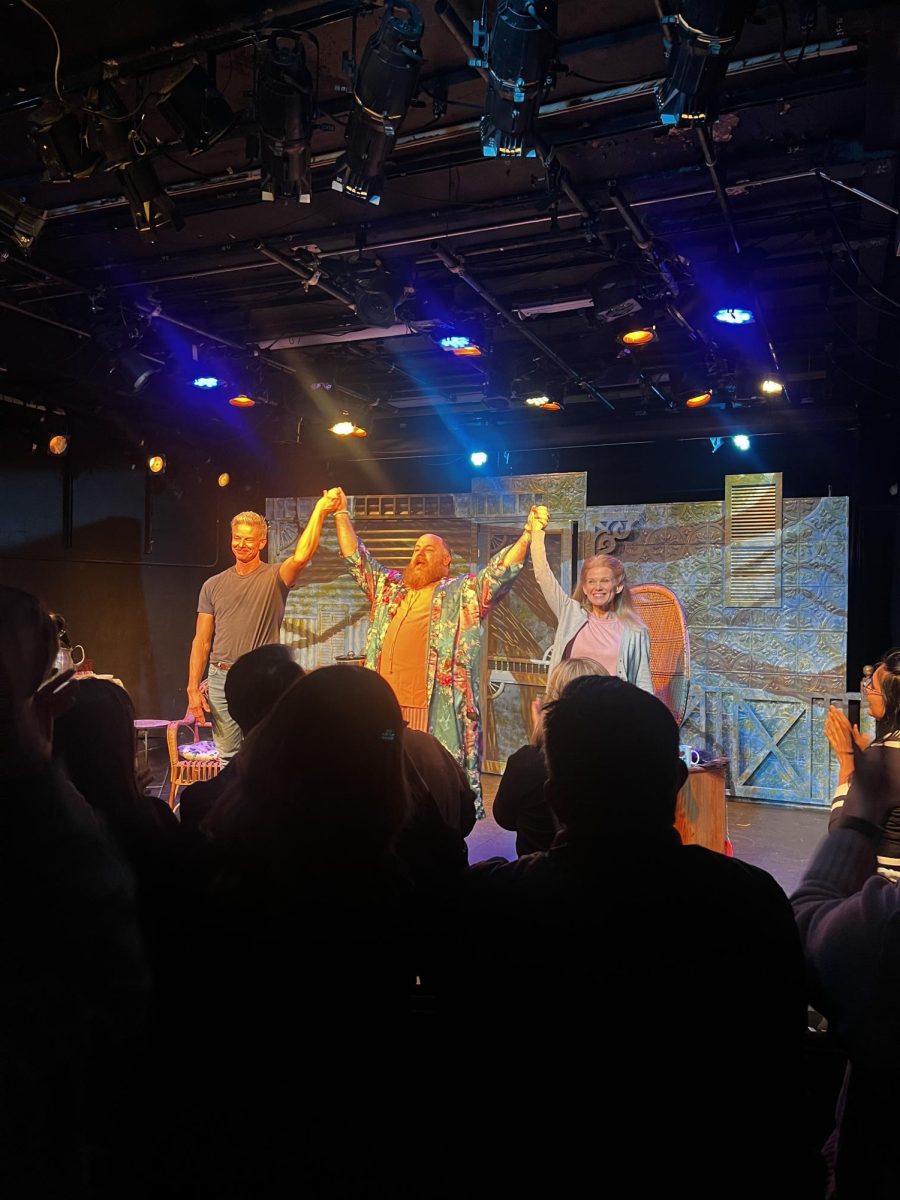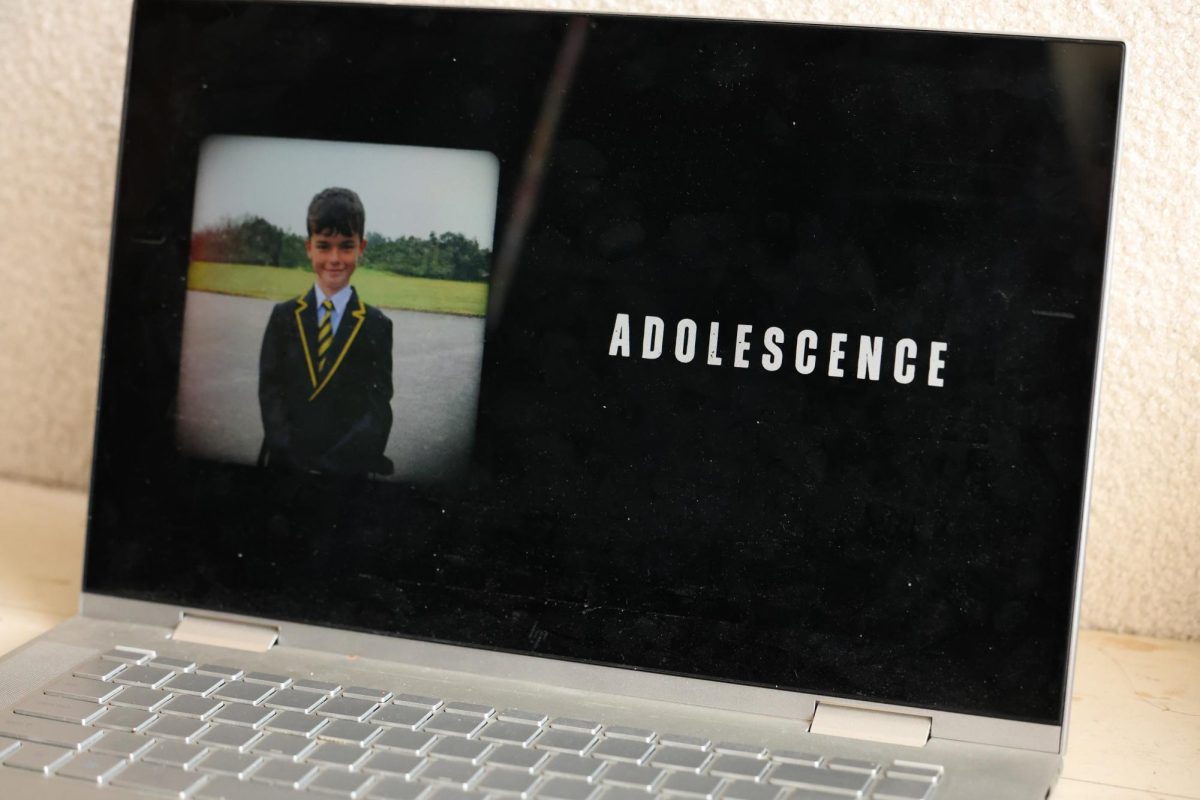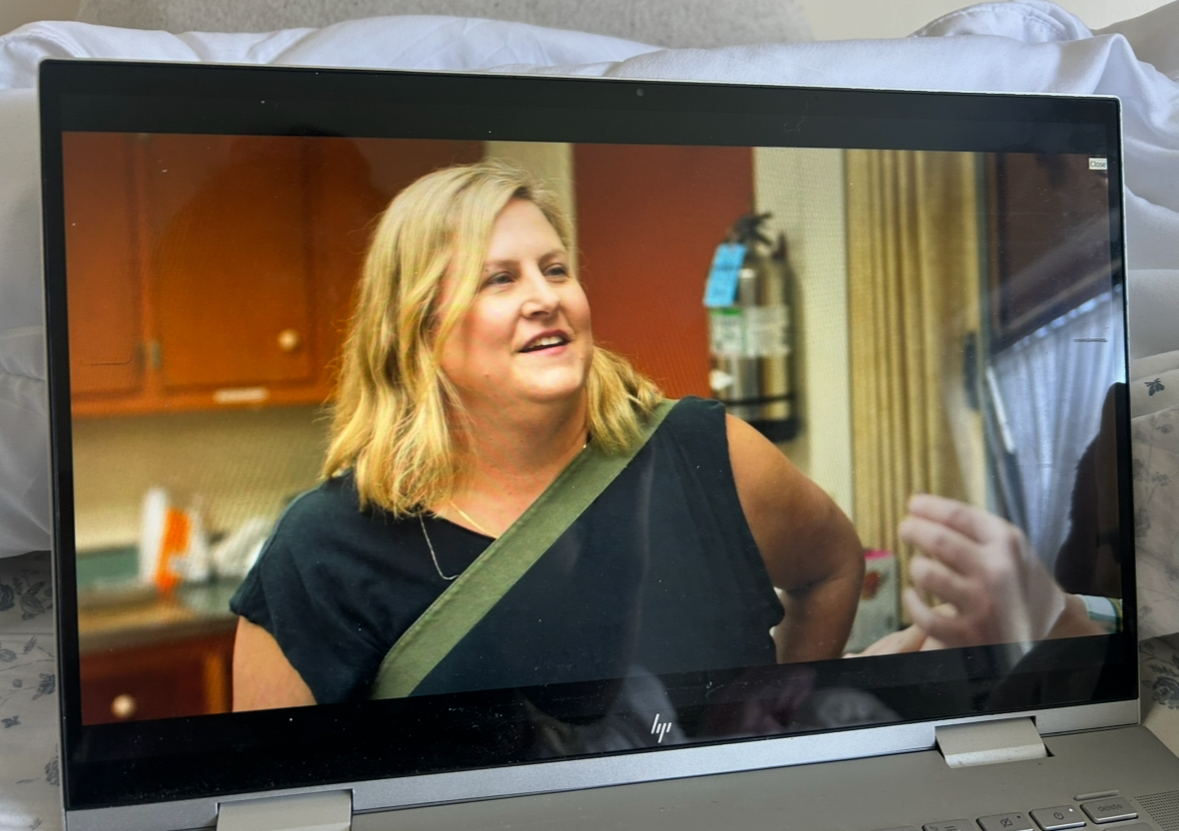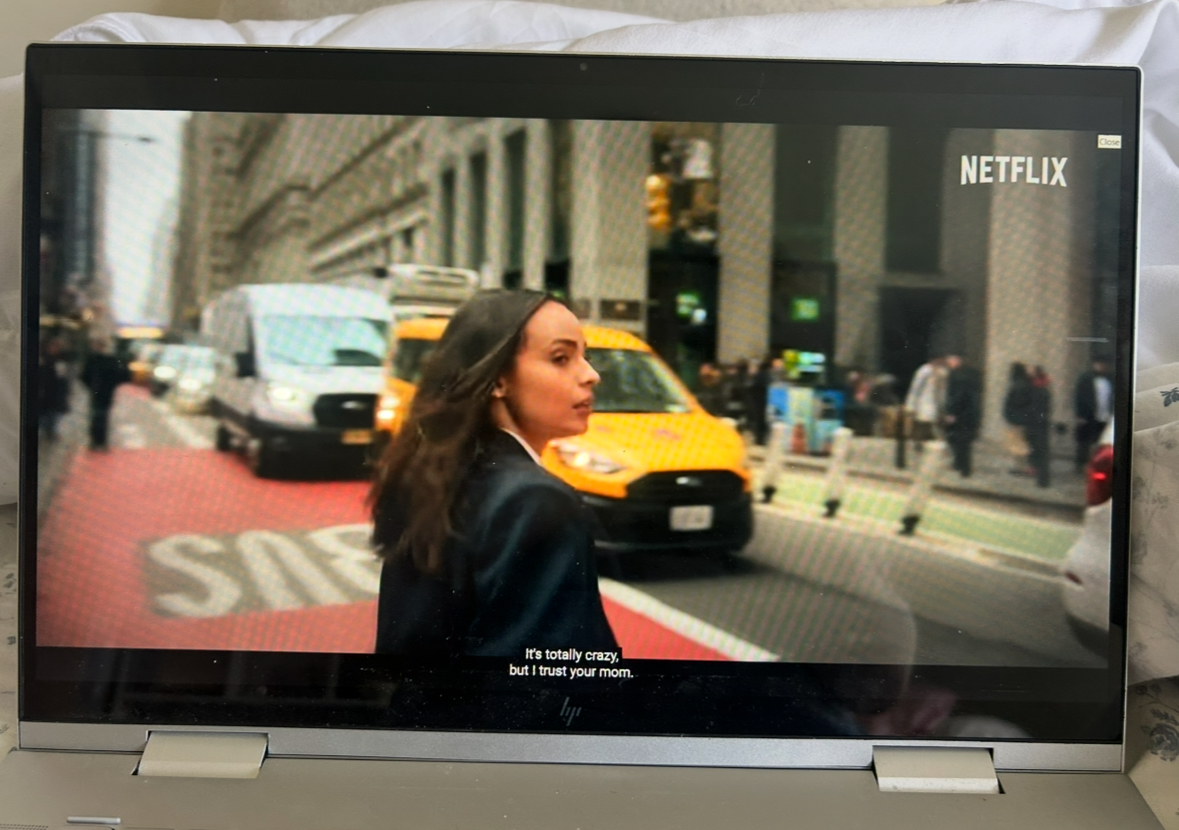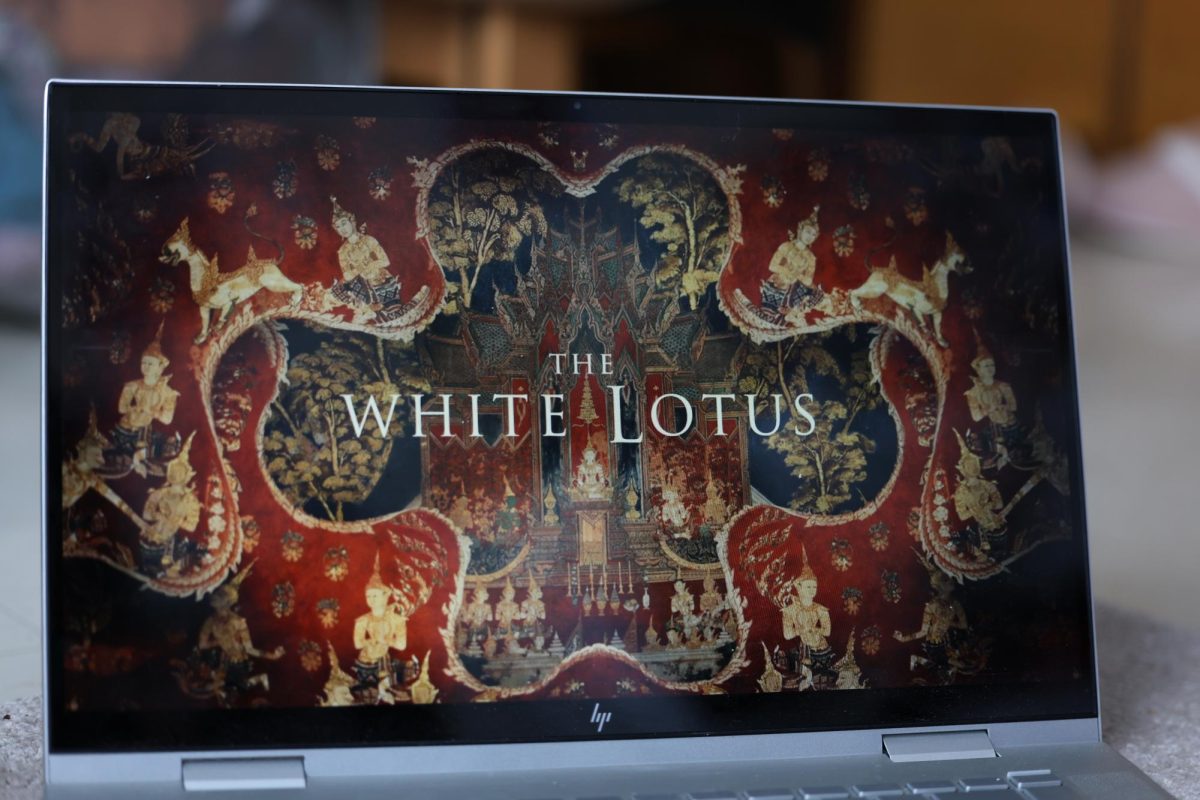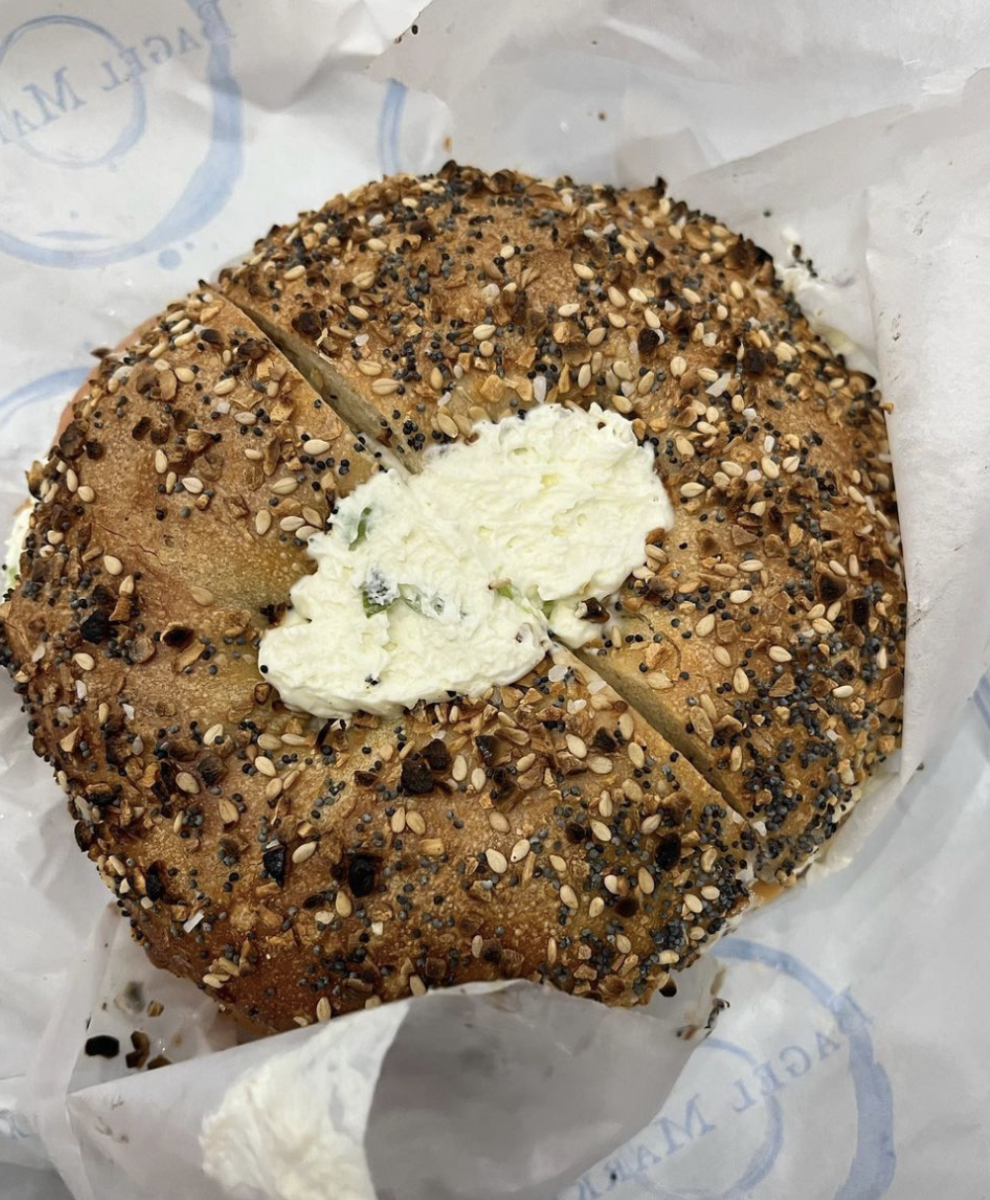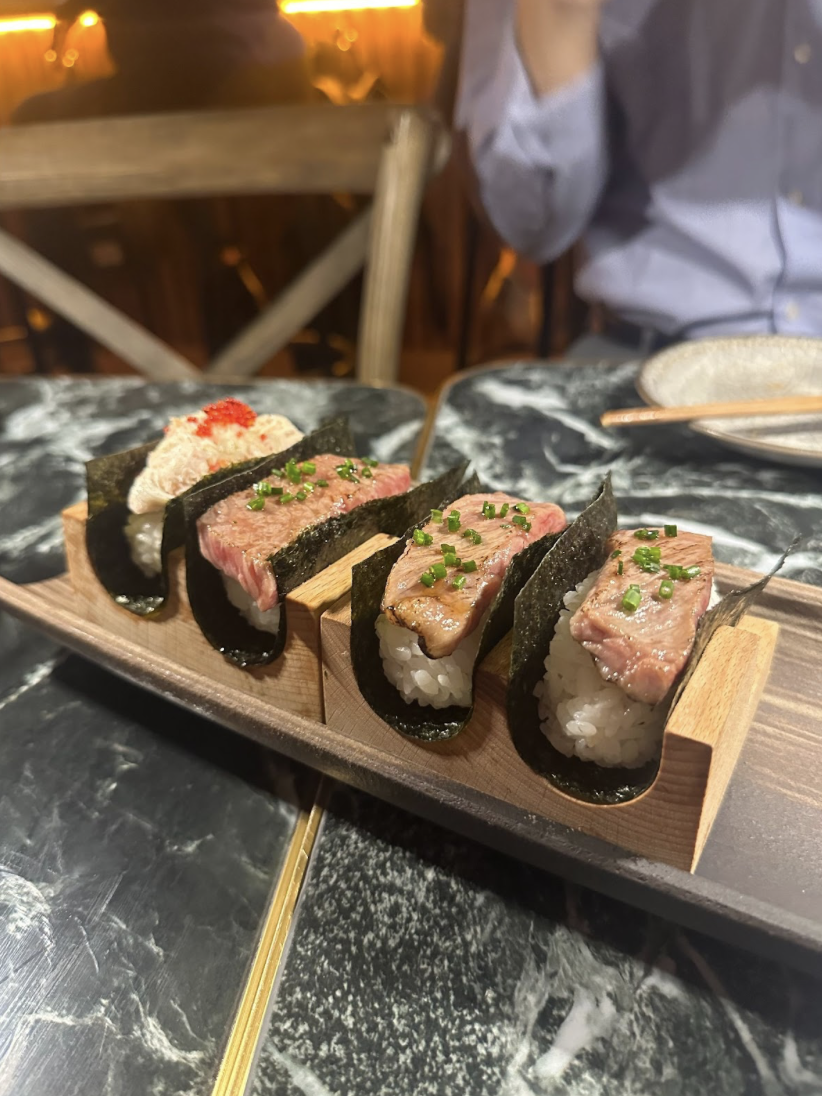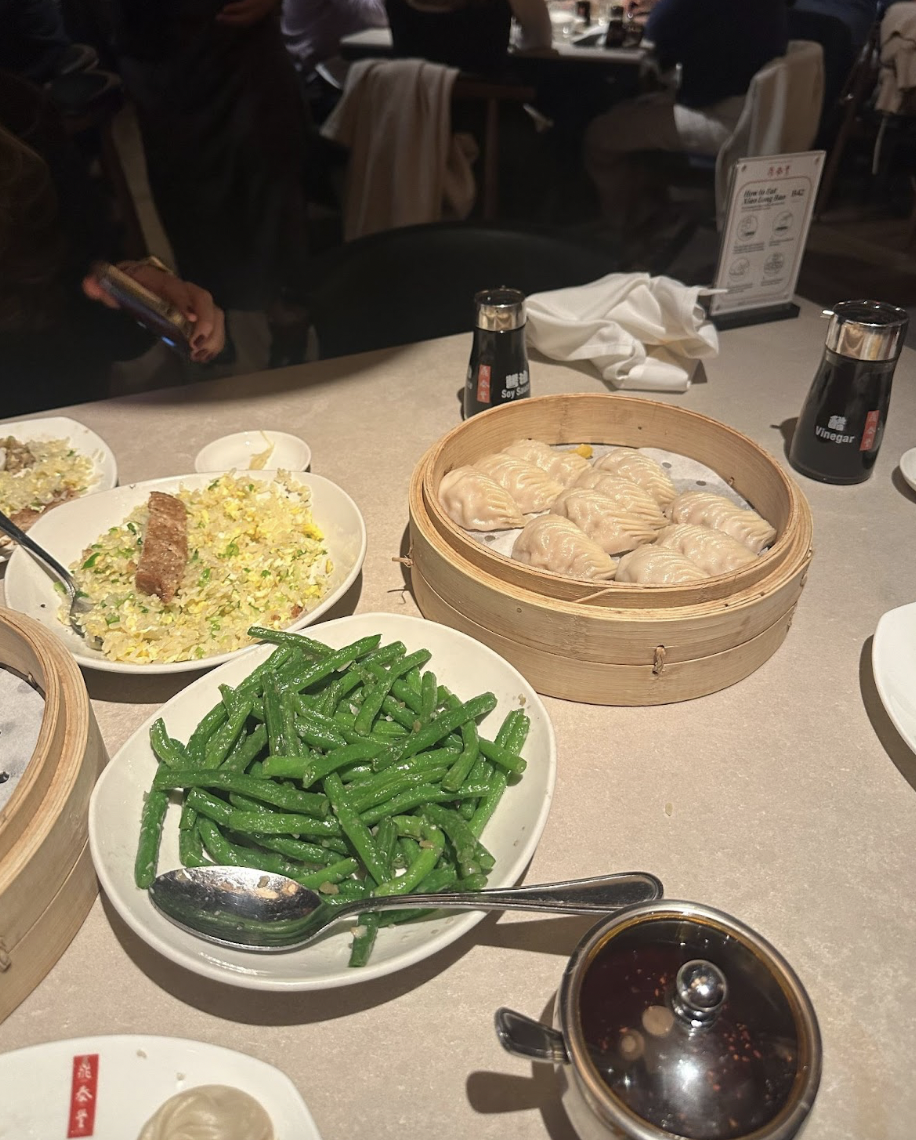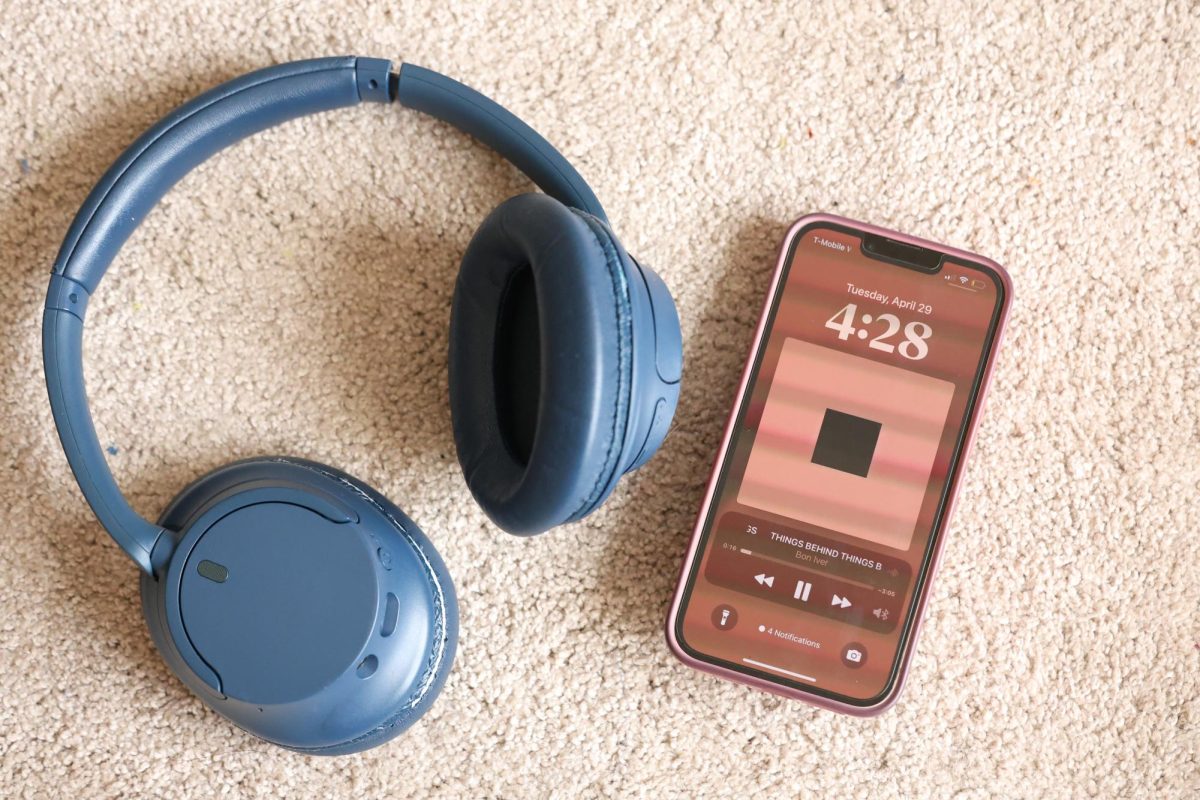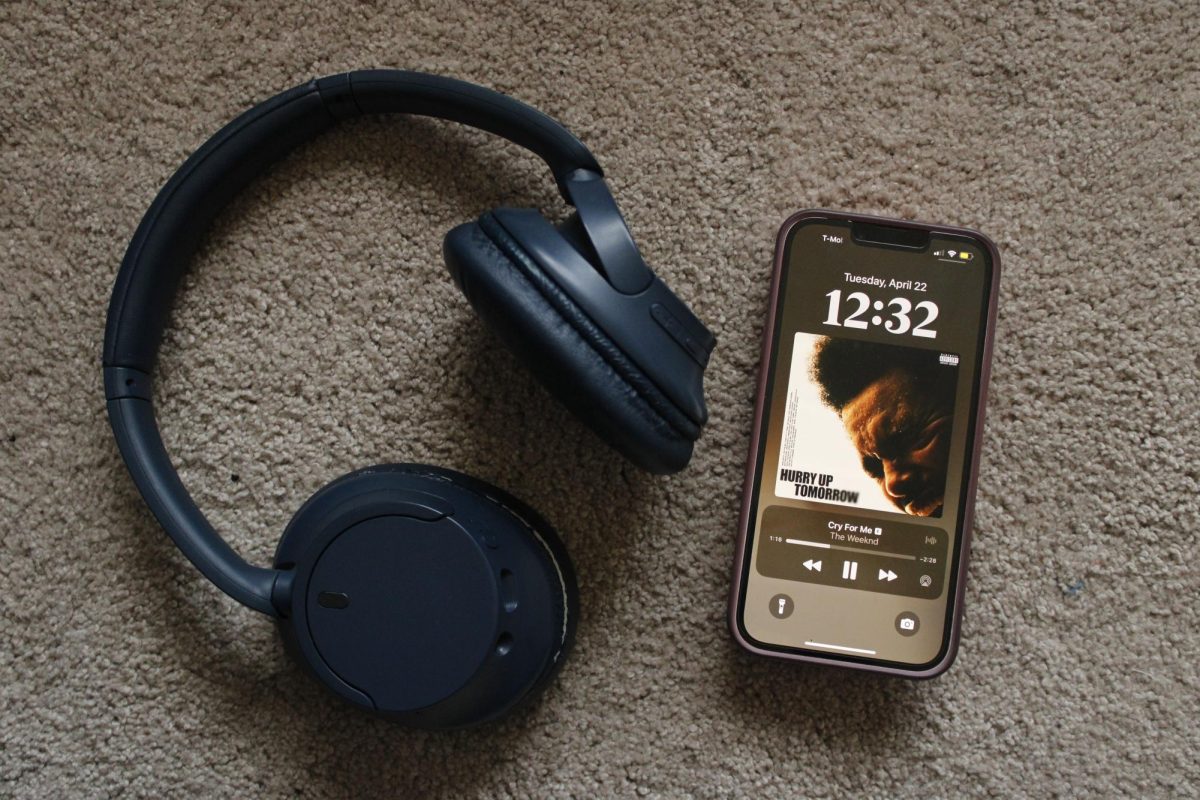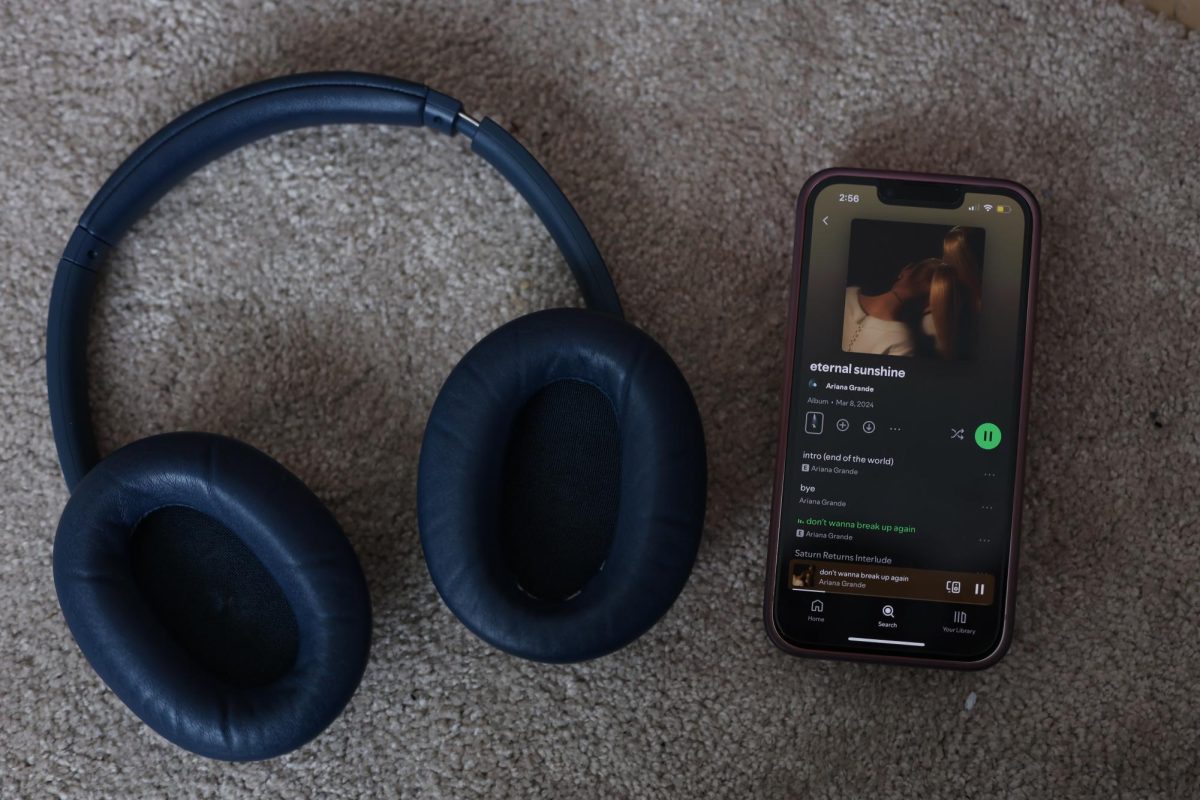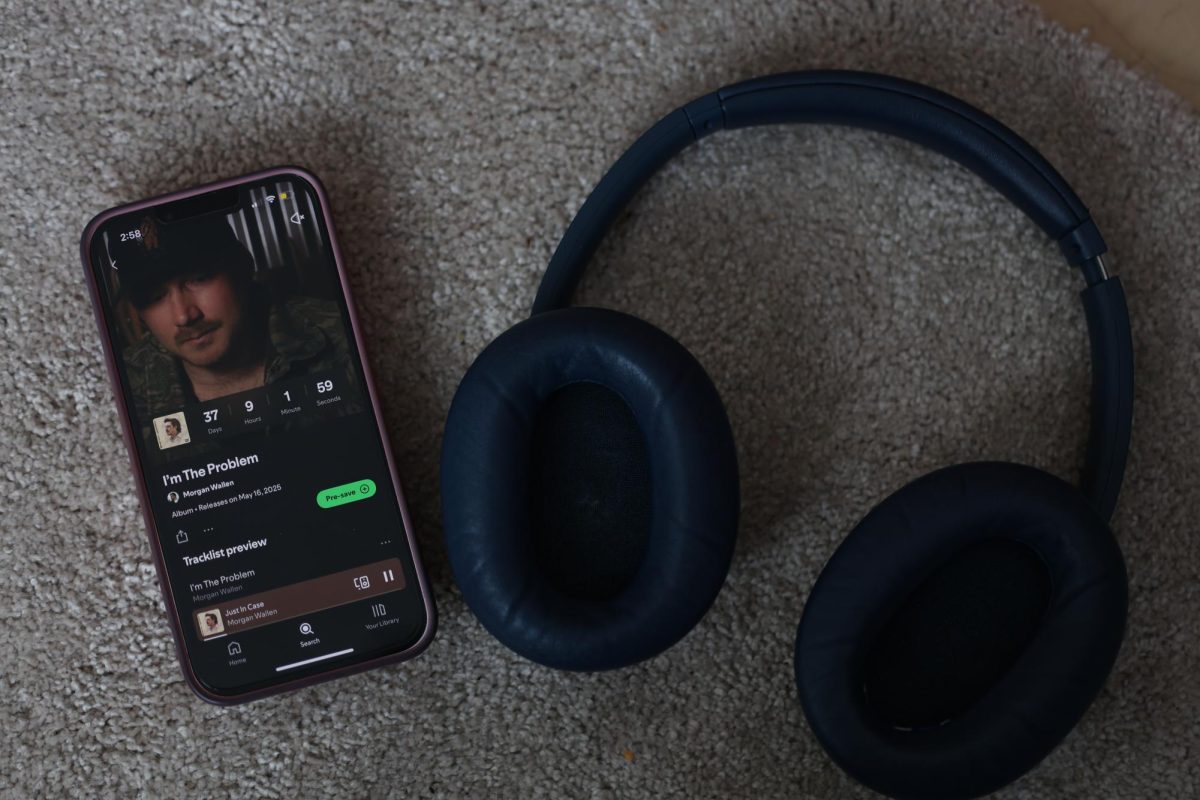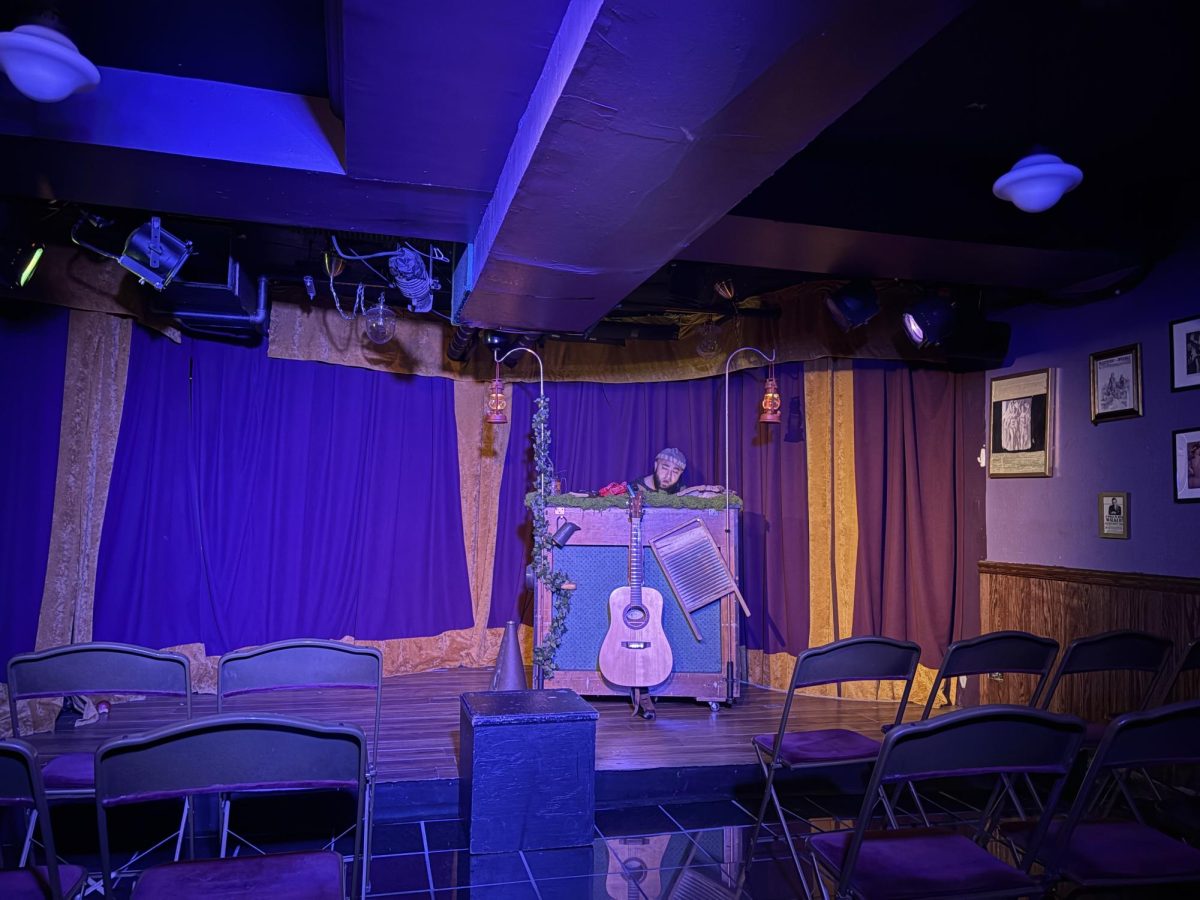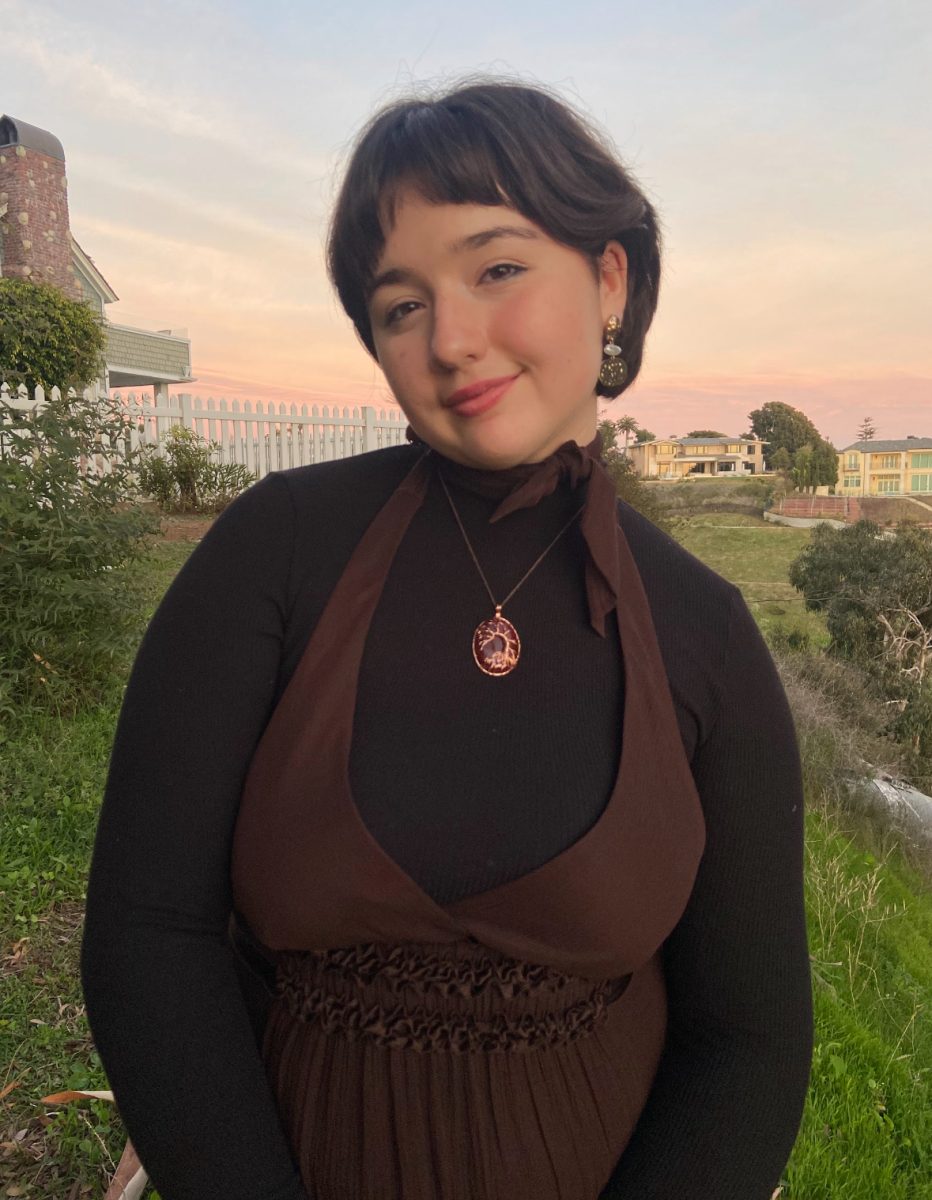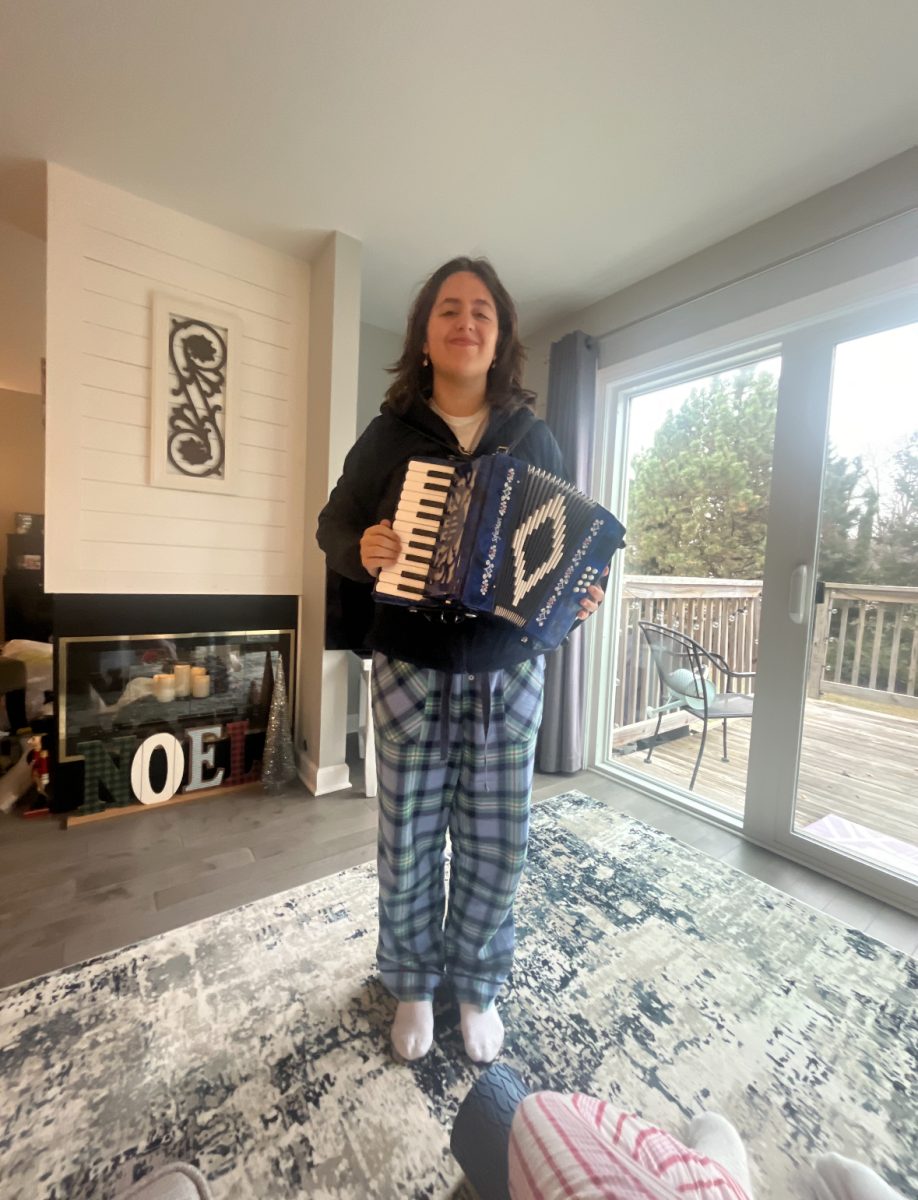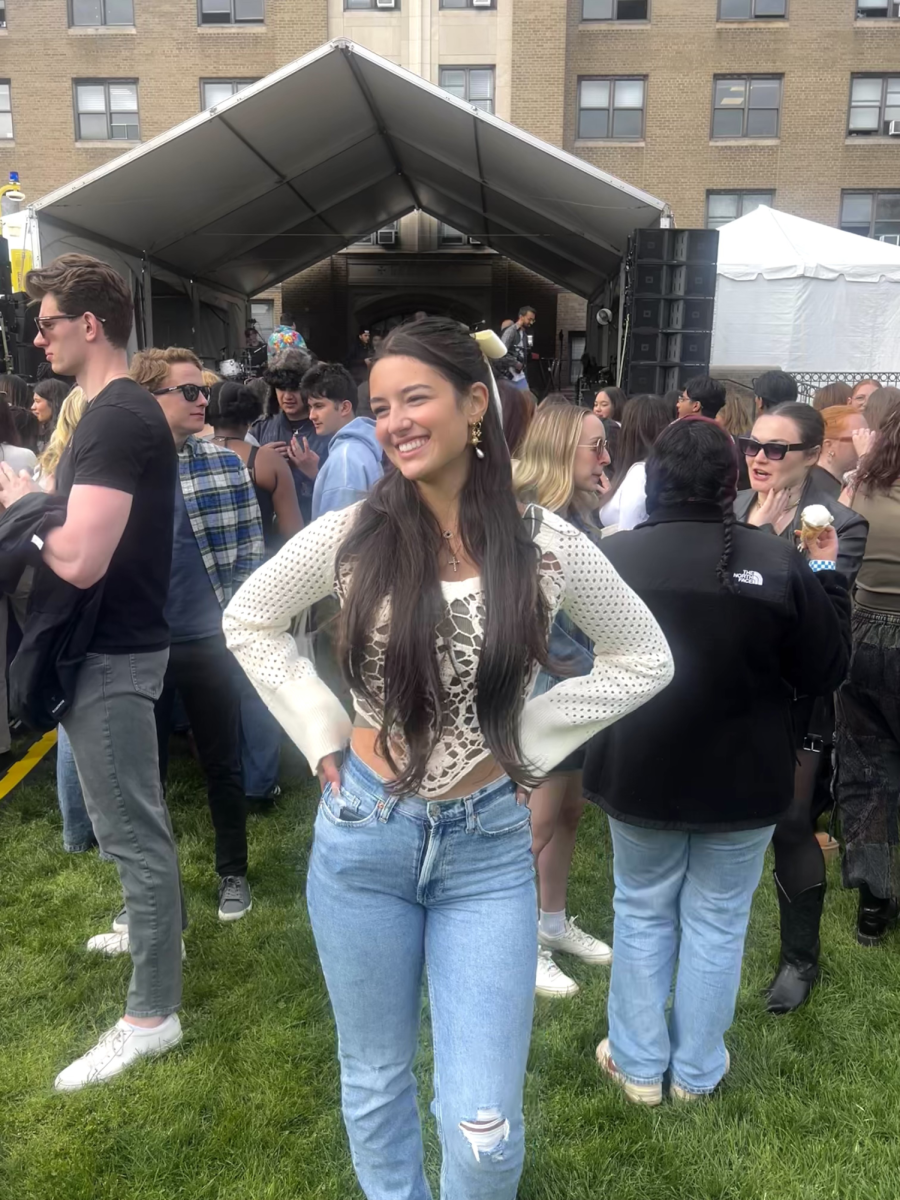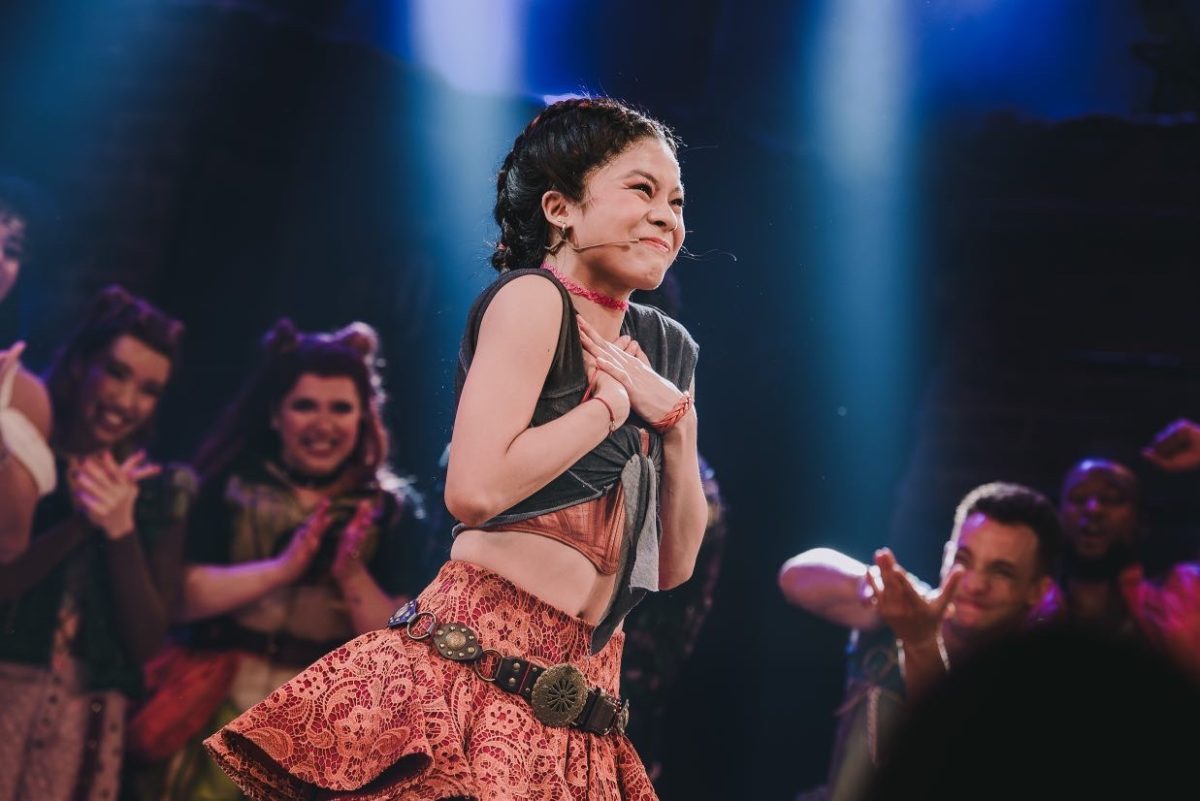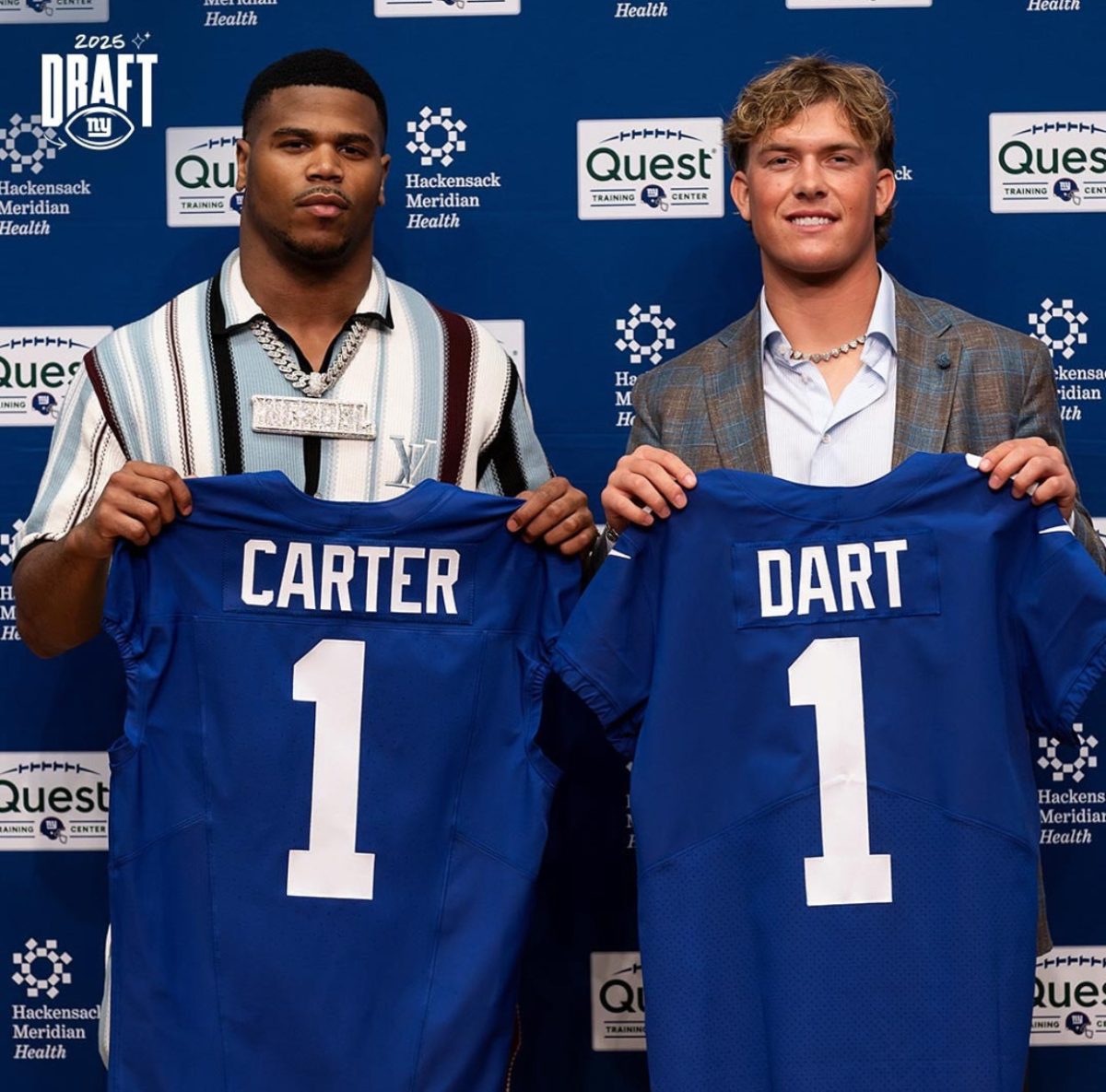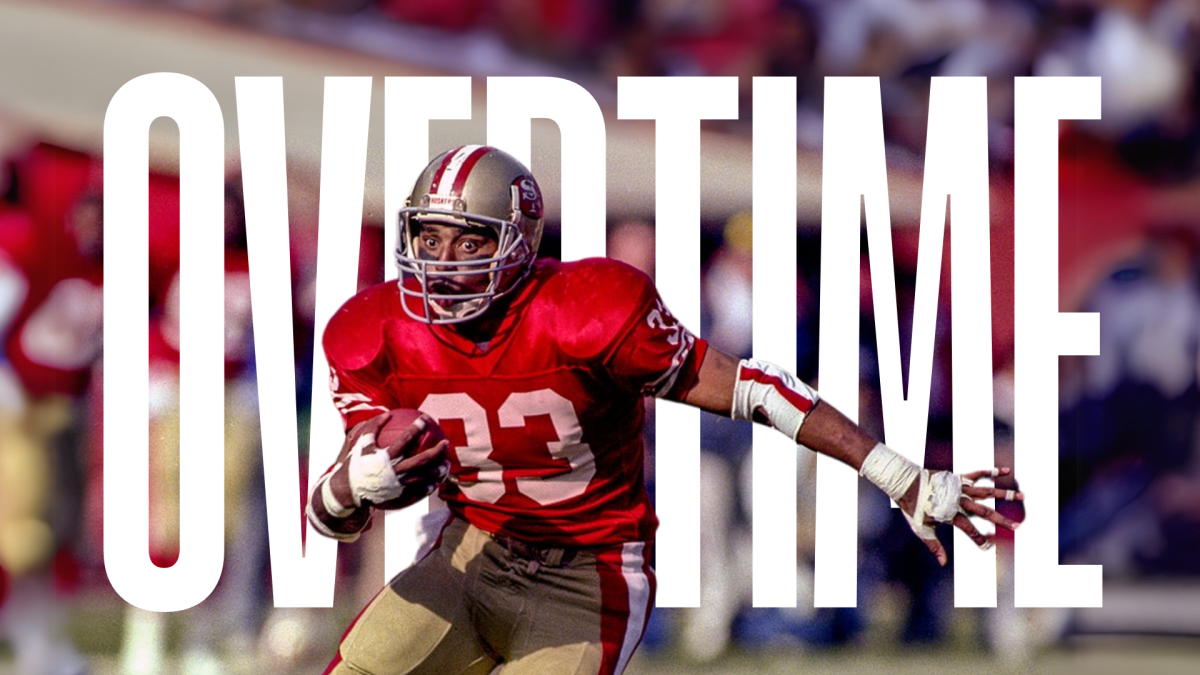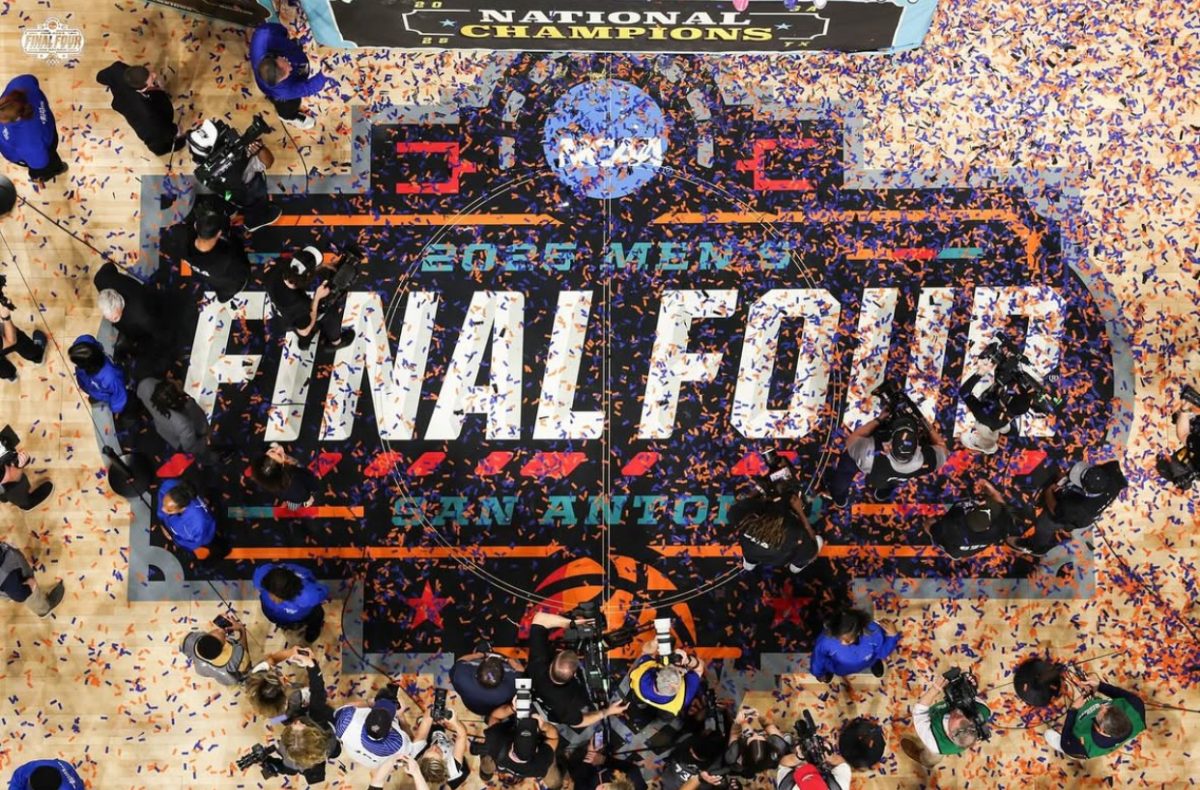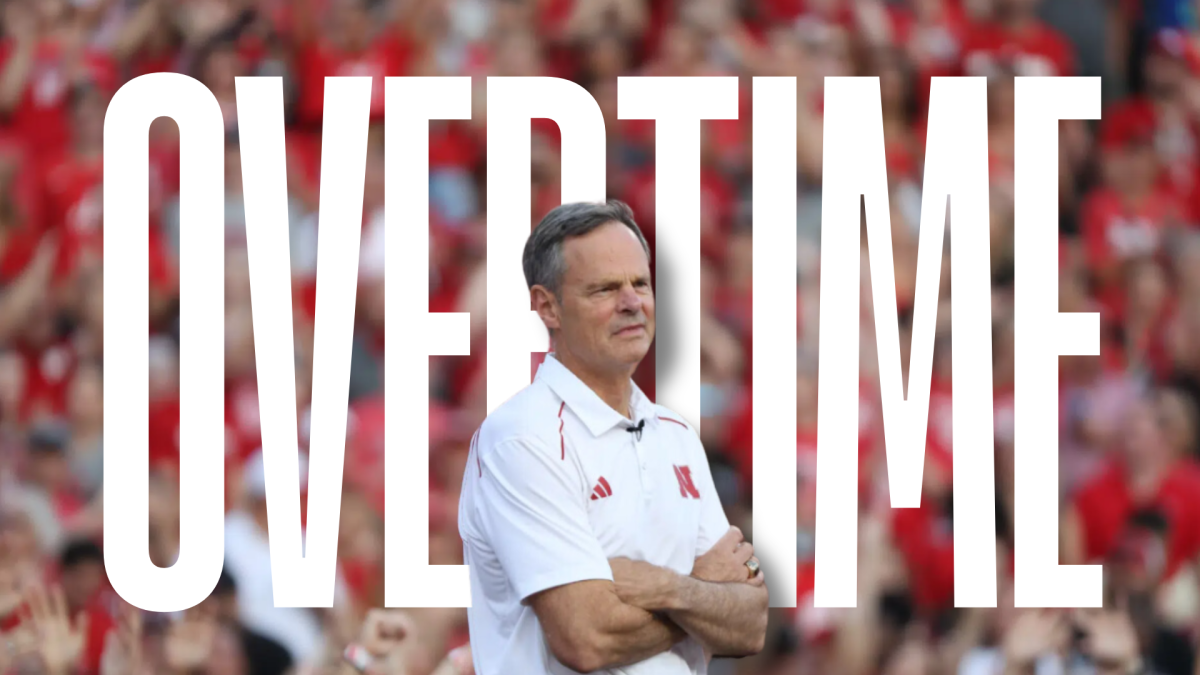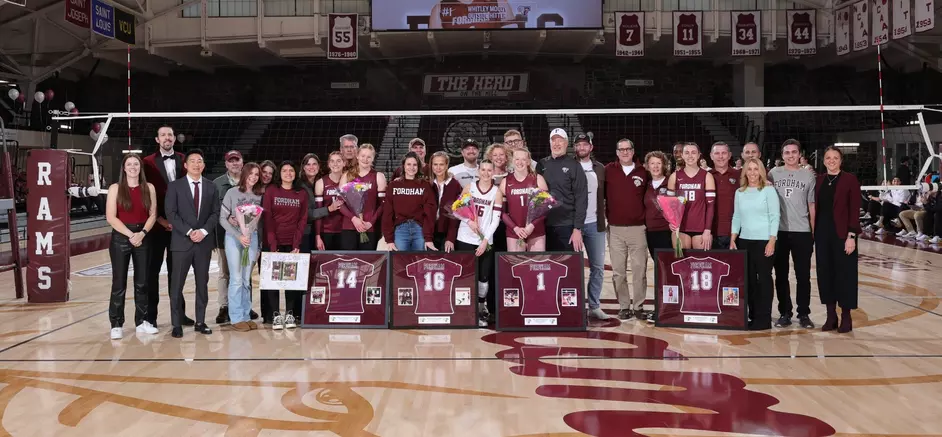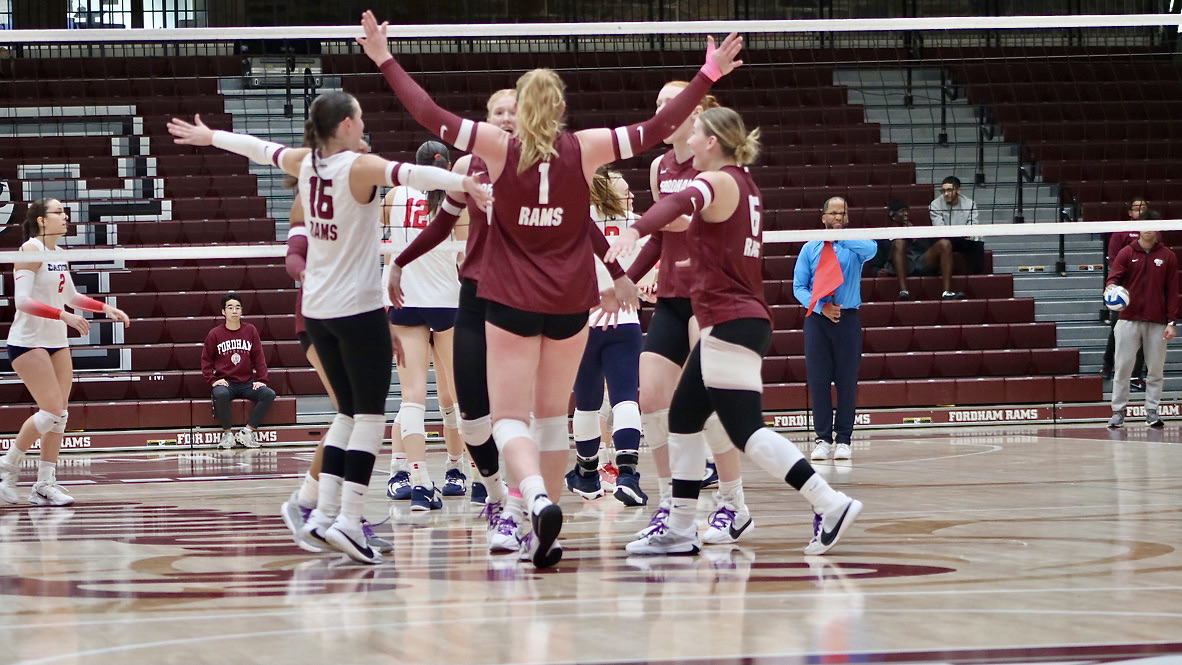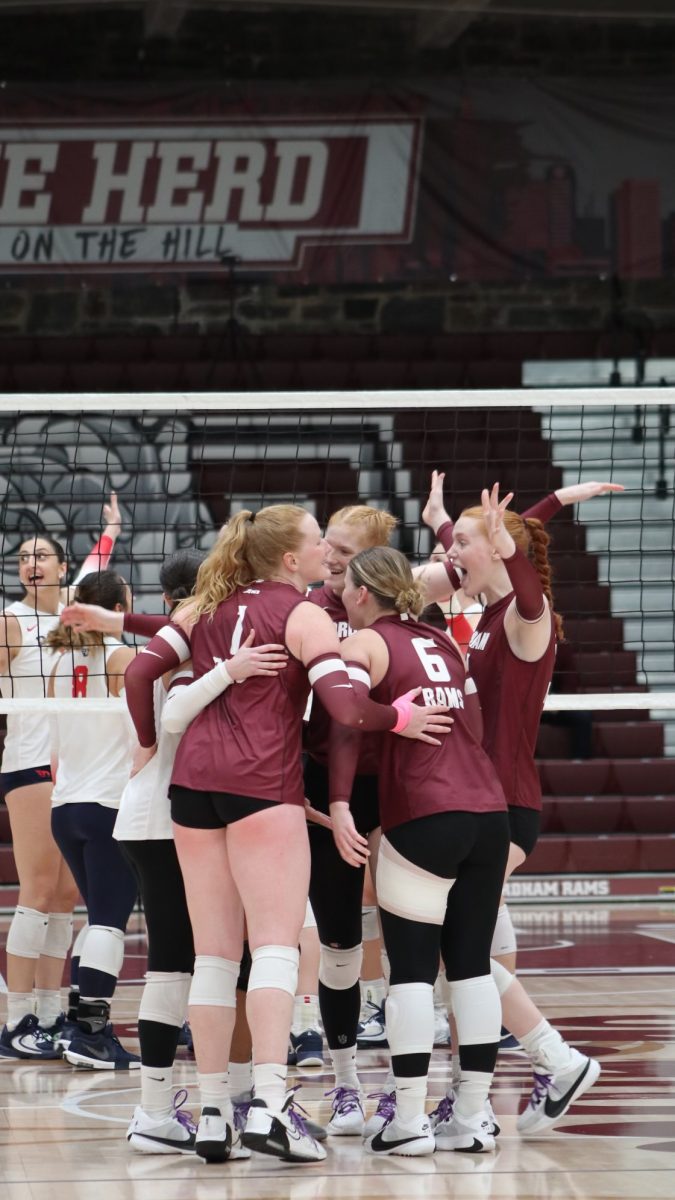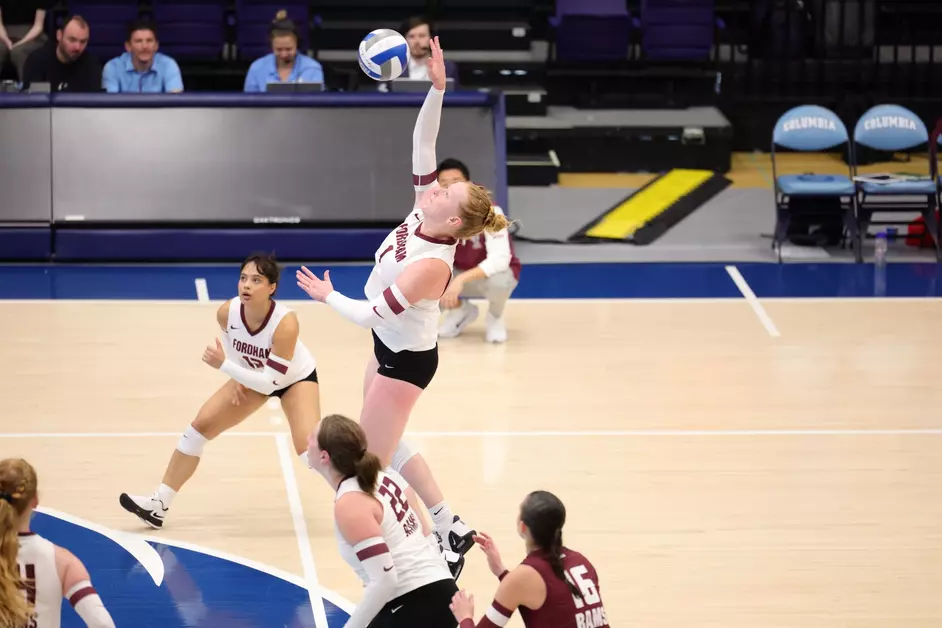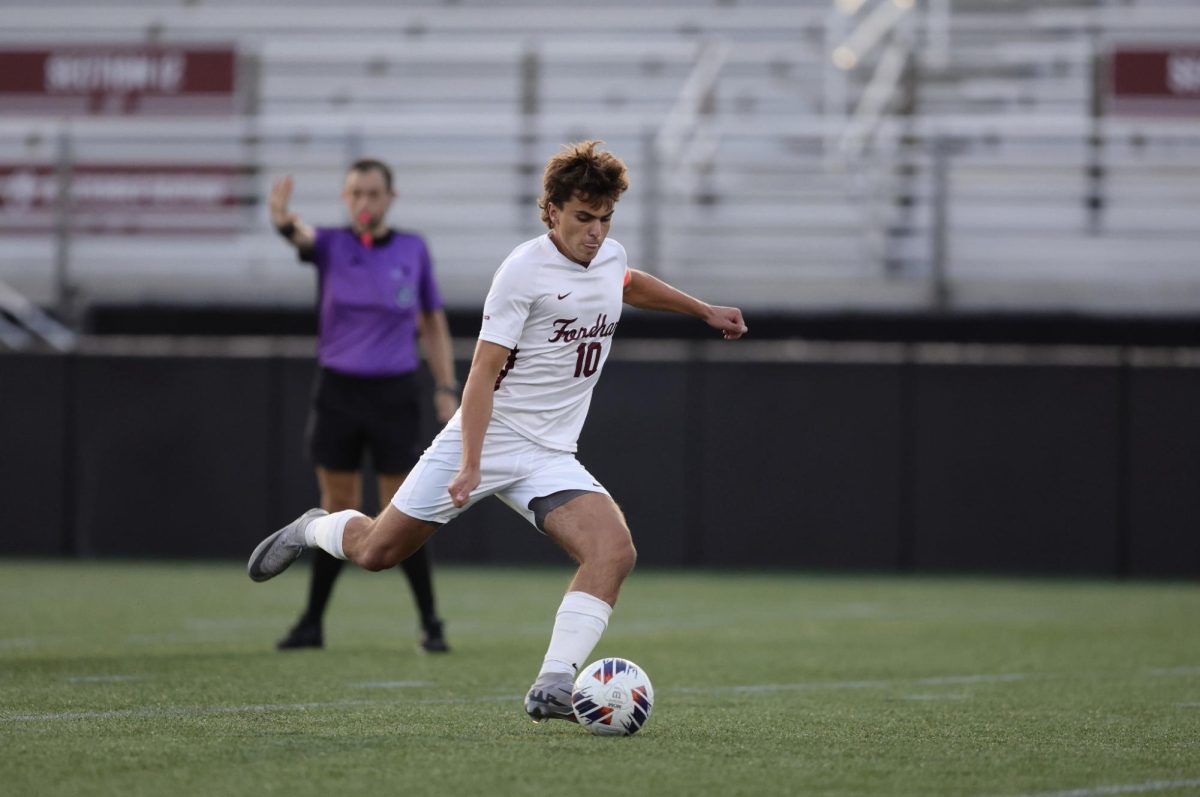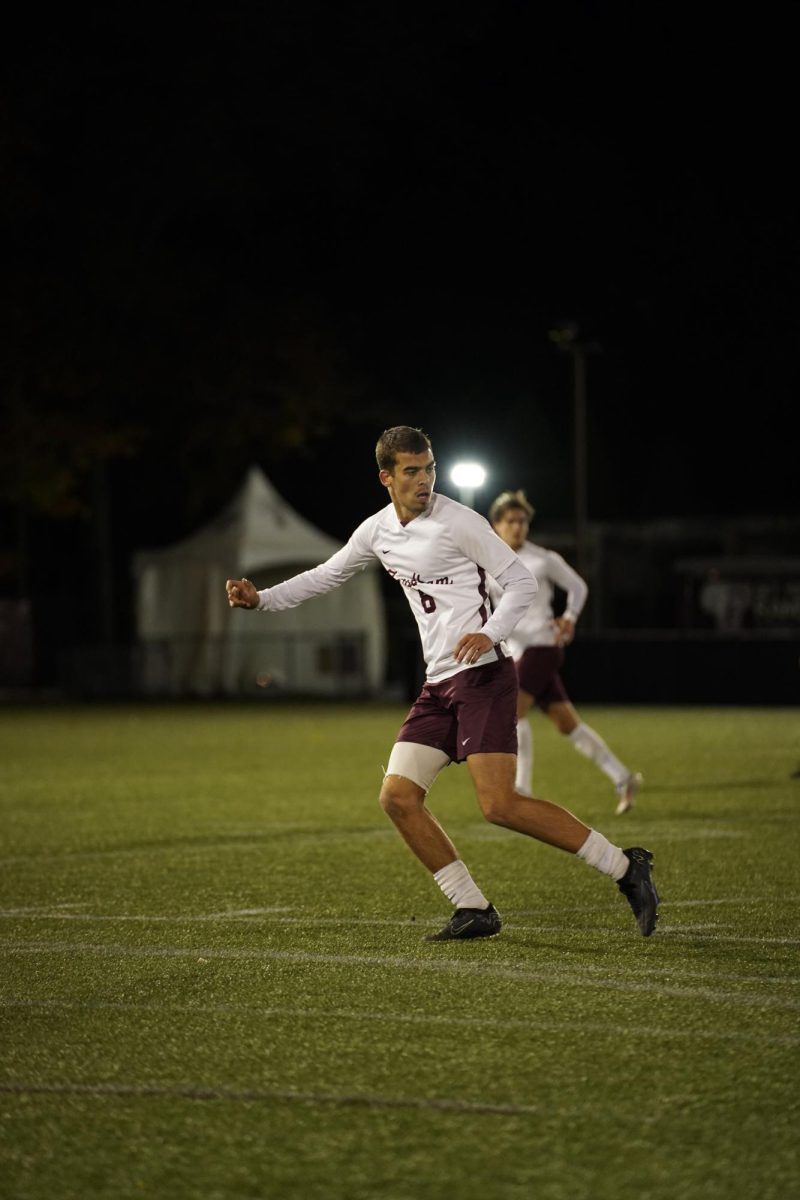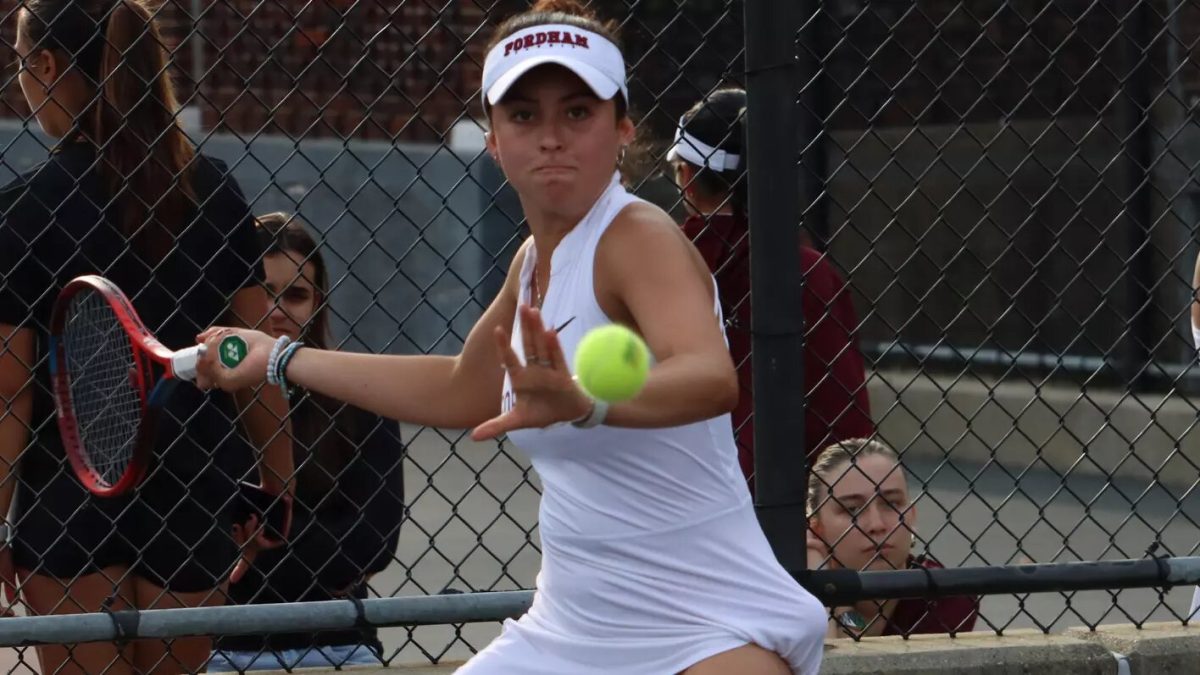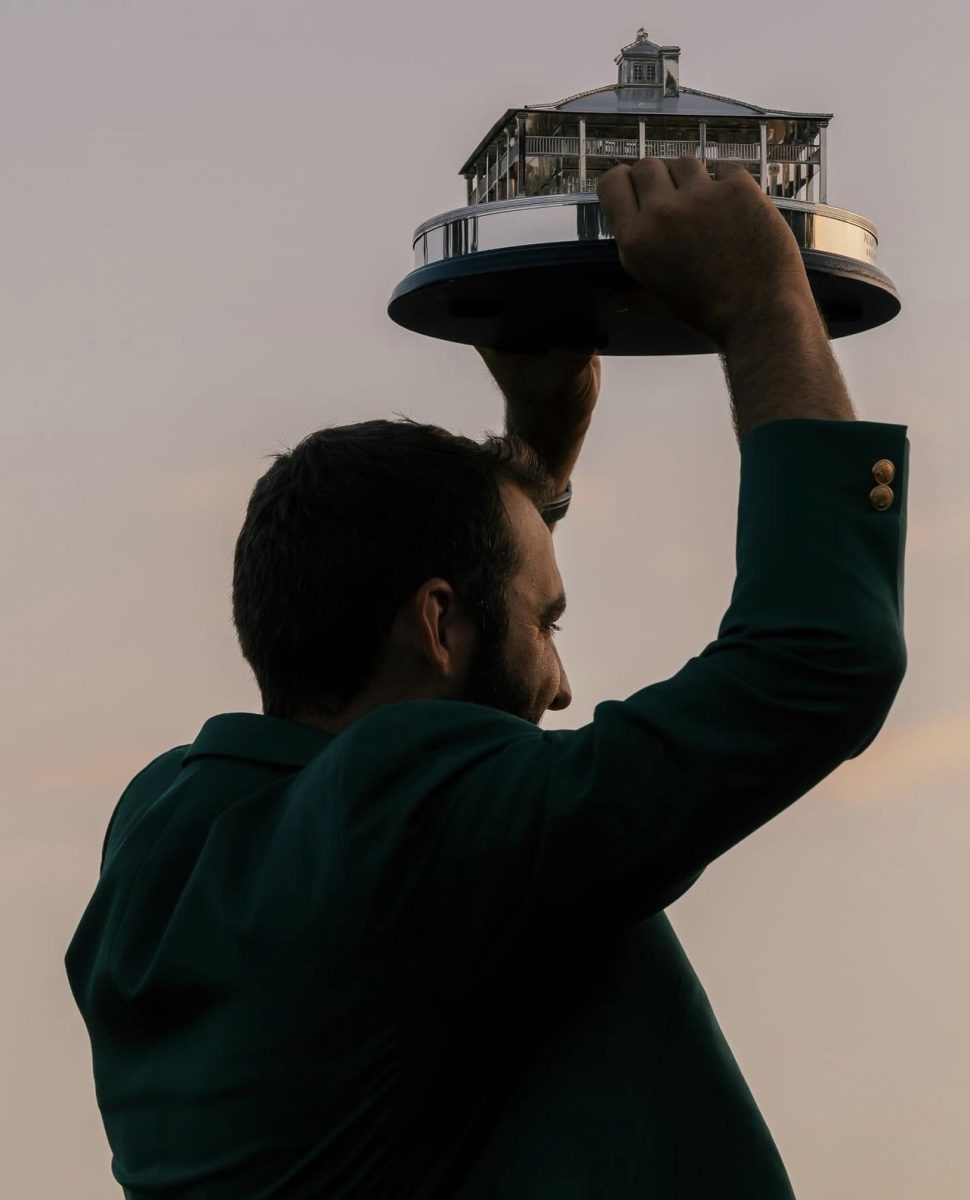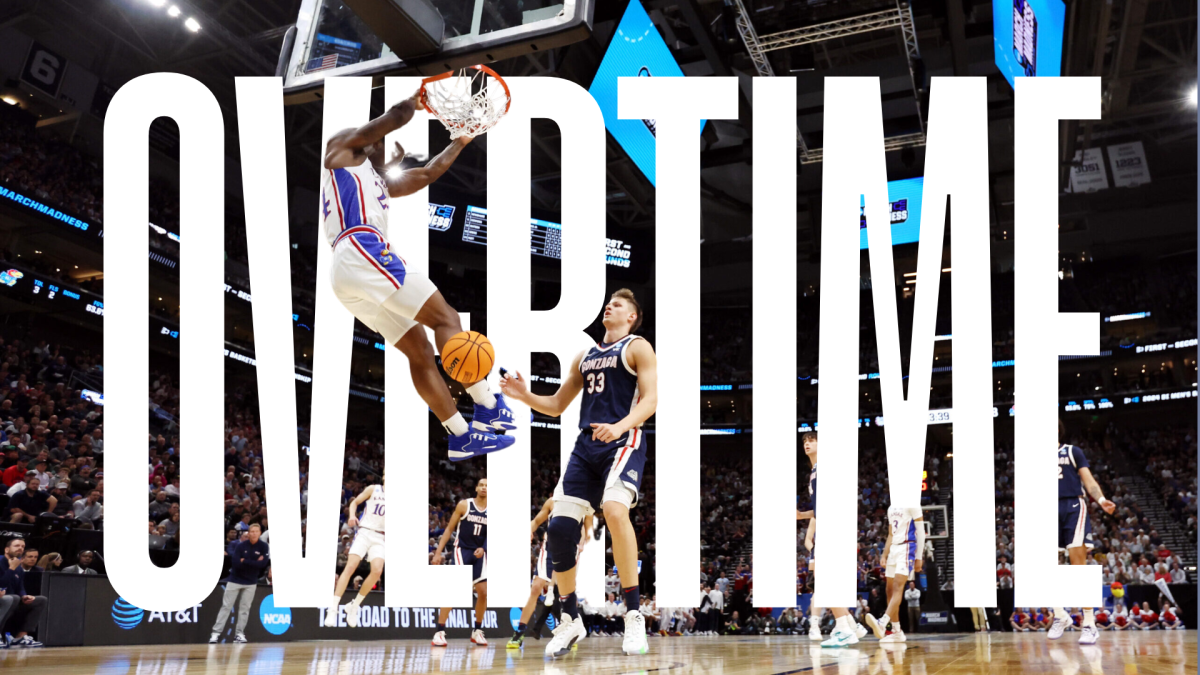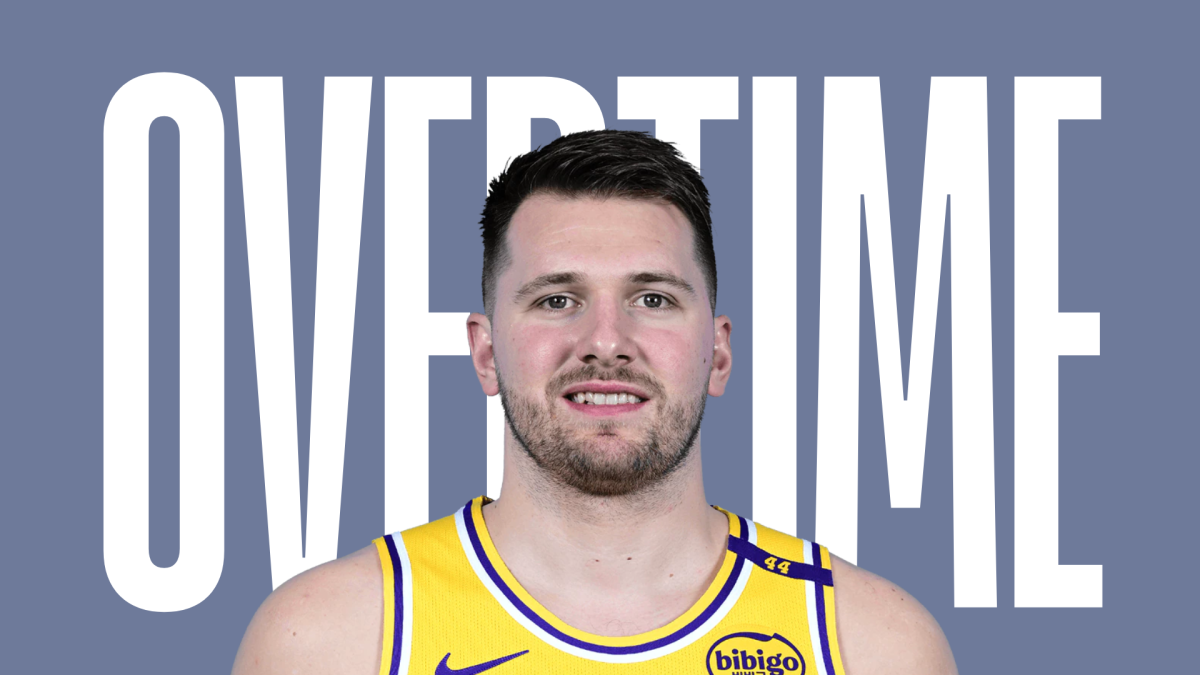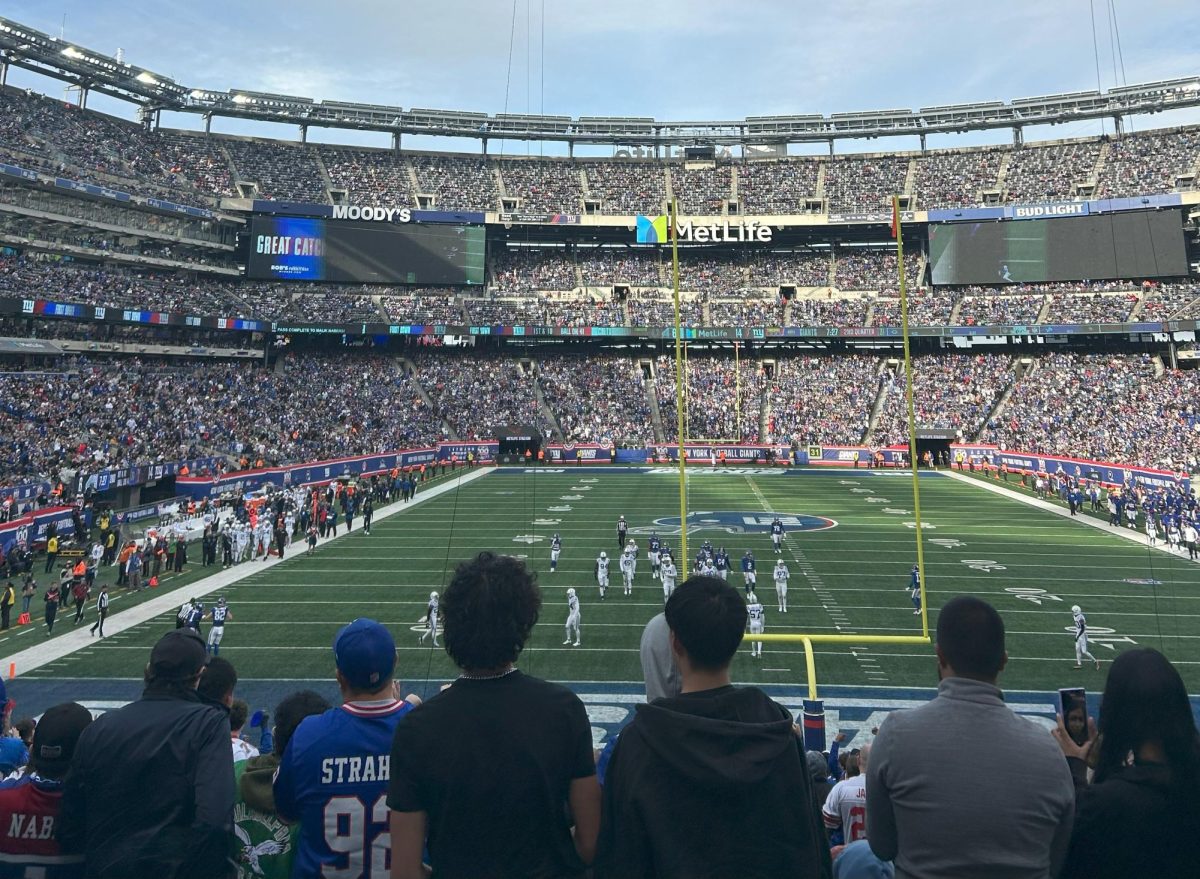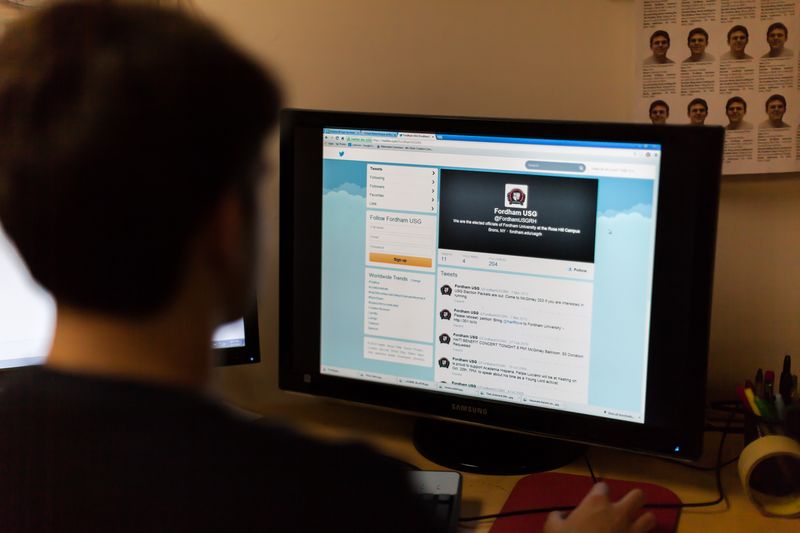By Joe Vitale
While college students often use social media as a means of sharing everyday activities in search of “likes” and “retweets,” the medium of the millennial generation is also emerging as a resource for student groups on Fordham’s campus.
Outlets such as Facebook, Twitter and Instagram are becoming accessible tools for various organizations to maintain their relationship with Fordham students. Given the obvious benefits — such as avoiding the hassle and wastefulness of traditional poster advertising — social media is quickly replacing traditional campus signage with posts, tweets and photos.
A quick perusal of the results for “Fordham” in the Facebook search bar, for example, yields hundreds of results, consisting of both “groups” and “pages.”
Facebook groups are open-sourced communities for users to create, share and interact with other students. The format allows users to join and contribute to the group as they choose. Groups such as Fordham Folk Scene and Fordham University Pride Alliance are both registered on Facebook, with 95 and 104 members, respectively.
Pages are designed to be more aristocratic compared to groups. The format permits only administrators to create content for followers to “like” and submit comments. Fordham Experimental Theatre and Fordham Campus Ministry are both registered as pages, which have 253 and 699 likes, respectively.
Be it a page or a group, organizations are seeking the Fordham community’s attention on these Facebook pages — and, for many, these additional efforts are paying off. Student groups are learning the advantages of letting students congregate in the digital world, a world in which many students are already connected. According to USA Today, in a 2011 Student Monitor Study, over 90 percent of college students were found to have used Facebook, and half of them were connected on their smartphones. In the same study, more than half of students were on Twitter.
Social media also streamlines event planning. It provides a simple method of advertising events, estimating turnouts, and keeping attendees with up-to-the-minute information.
Student group pages provide important dates, reminders and digitally-accessible documents, as well as mission statements and official positions. While many of these documents can be found on Fordham’s official websites, Facebook makes this information less clunky and more accessible to students.
On Campus Activity Board’s (CAB) Facebook page, which has 1,440 “likes,” the group’s mission is outlined, along with a schedule for this year’s Cinevents, a popular program that shows recent films. Other information, such as short briefings of committees, are is available on CAB’s page.
“This is how we get a lot of marketing done,” said Matt Grandchamp, GSB ’14, a coordinator for CAB. “Posters can get expensive, and we have been able to use social media as another method to let students know. We have a large amount of followers, which let us reach many students.”
“We are constantly changing our methods to adapt to how students use and check their social media outlets,” Grandchamp added.
United Student Government, another prominent student group on campus, also maintains a solid presence on social media. In addition to a standard website, USG’s Facebook page, Twitter account and Instagram account attract students looking for updates on ongoing initiatives, efforts and awards.
“We have a Twitter (@USGrh) and an Instagram (@fordhamusg) [that] we use for more real-time updates, such as reminding students about our meetings the day of, or Instagramming pictures of Clubs who were awarded Club of the Month,” said Aileen Reynolds, FCRH ’14, USG’s executive president.
Less prominent groups, such as Fordham’s Community Garden and Food Co-Op, find social media outlets to be efficient tools to communicate with students and increase its prominence among the student body.
“Social media has allowed us to reach a good percentage of the student population,” said Maeve Bassett, manager at St. Rose’s Garden, a part of Fordham’s Community Garden and Food Co-Op. “More and more, people are hearing and talking about the work we do in the garden and with the CSA, and their support is amazing.”
St. Rose’s Garden’s Twitter page, which features a picture of a Ram munching on some presumably locally grown broccoli, often tweets reminders and updated location information.
Social media, in comparison with traditional bulletin-board style campaigning, allows Fordham students to interact with student groups more quickly and efficiently. Comment threads on Facebook and interactions on Twitter allow students to voice questions and concerns. Likes on Instagram photos and “pins” on the popular service Pinterest also allow students and student leaders to communicate on the web more fluidly.
“The best advertising is the kind that sparks a conversation with and among students. Word of mouth is the most powerful method of promotion,” said Sarah Hill, FCRH ’15, president of Residence Hall Association (RHA). “If our ads don’t inspire conversation between us and the students, then we aren’t successfully promoting.”
Social media can help students with more than just event promotion. Providing content on social media also holds student leaders accountable for how they interact on the Internet.
It also tests students’ creative instincts when it comes to generating buzz around a club or event on Fordham’s campus. Although the interactions are largely across the same generation, student leaders are always looking to be on the forefront of ever-changing social media trends.
“To grow your following you need to post thought-provoking and debate-igniting content,” said Adrian Burke, GSB ’14, president of Business of Sports Society.
When asked about social media’s future on campus, Burke noted the artistry it requires to successfully grab students’ attention.
“An important term in the media industry today is ‘content creation,’” he said. “And it truly is a skill.”
__________
Joe Vitale is the Managing Editor of The Fordham Ram.

